The ride from Grants to Hachita was the closing chapter of our amazing tour along the Great Divide mountain bike route. A ride that had transected dense forests, windswept sagebrush basins, high deserts and small communities.
The onset of winter had chased us down the closing trail corridor as fall storms brought big winds, increasing snow falls and an uncertainty about our chances of making it over the final high passes in time. For over two months we had been at high elevation; the days were increasingly short and the nights long and cold. We often didn’t reach our day’s destination until after sunset and sometimes after nightfall and we’d often ride out of camp before sunrise in order to make the days milage – wearing most of our clothes and covering our skin from the pinch of the cold for at least the first hour of riding. We saw almost no one, the mountain roads trafficked only by the occasional hunter and local ranchers.
As we left the fading Route 66 town of Grants on November 10th we felt content to have the greatest risk of snow behind us and were looking forward to seeing what the rest of the Great Divide had to offer as it transitioned out of the mountains and into the Chihuahua desert.
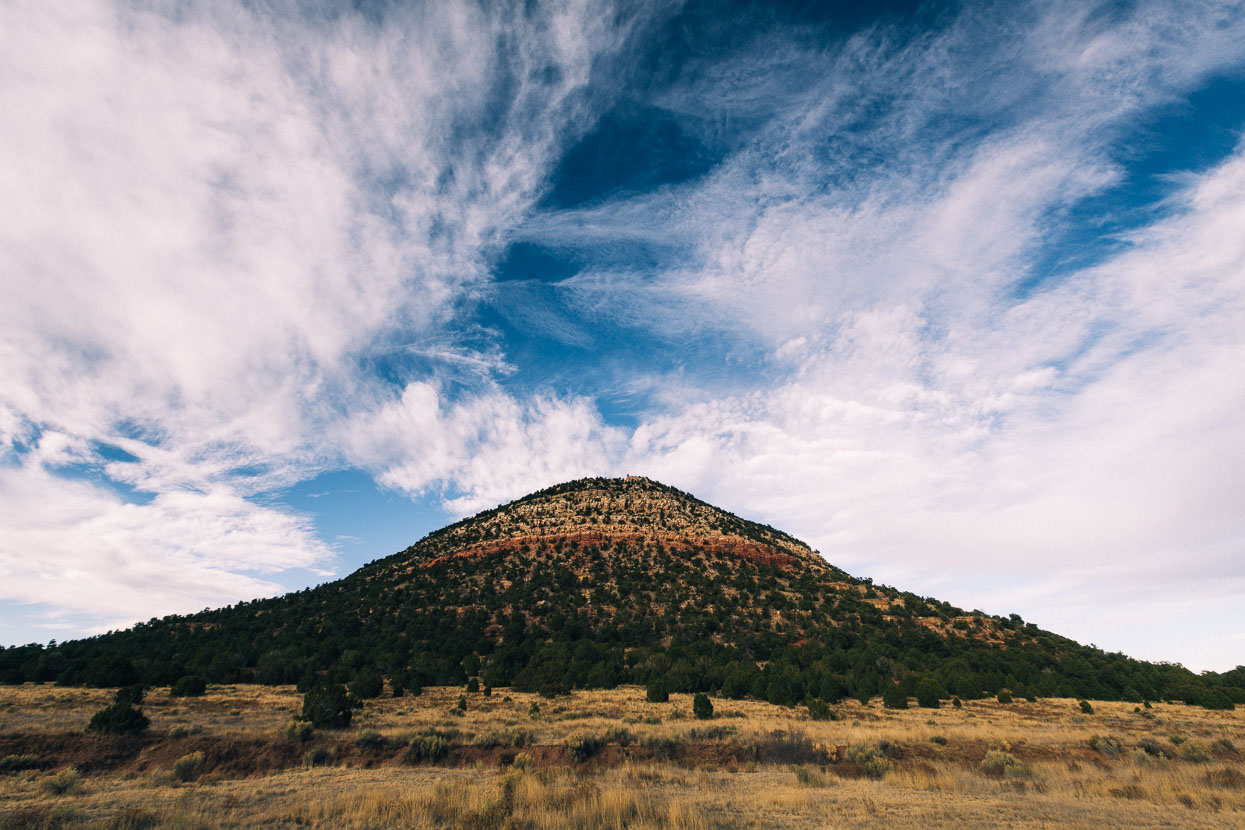
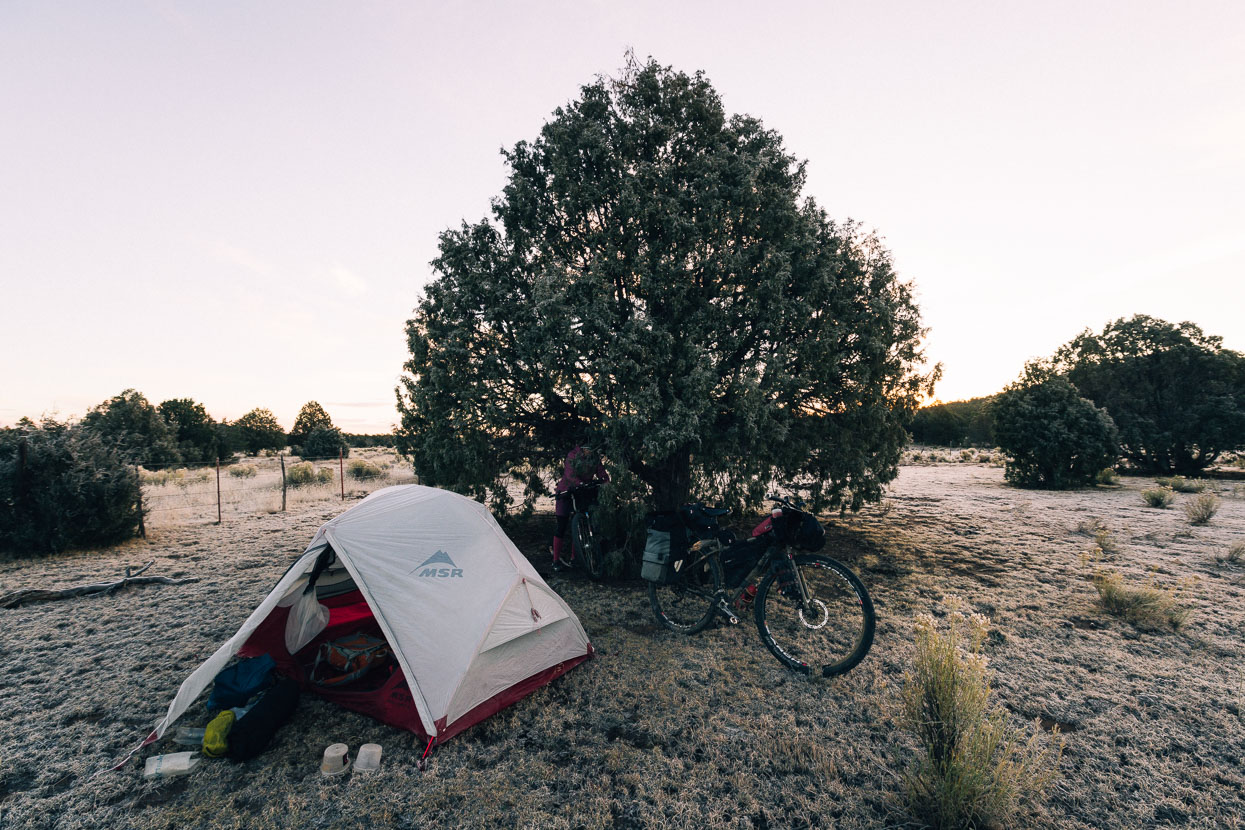
Out of Grants we followed an old rail route (now a gently climbing gravel road) through canyons edged with basalt cliffs. The landscape was predominantly volcanic, as we followed a belt of small cones, lava fields and numerous craggy outcrops.
Big ant hills became a common sight, and the ride is punctuated with the occasional well. Of all the sections of the Great Divide, New Mexico is the toughest for finding water so we tended to stock to maximum capacity (4.75 litres) when we could rather than rely on the mapped water sources (wells and dams), which were often dried up or just manky looking.
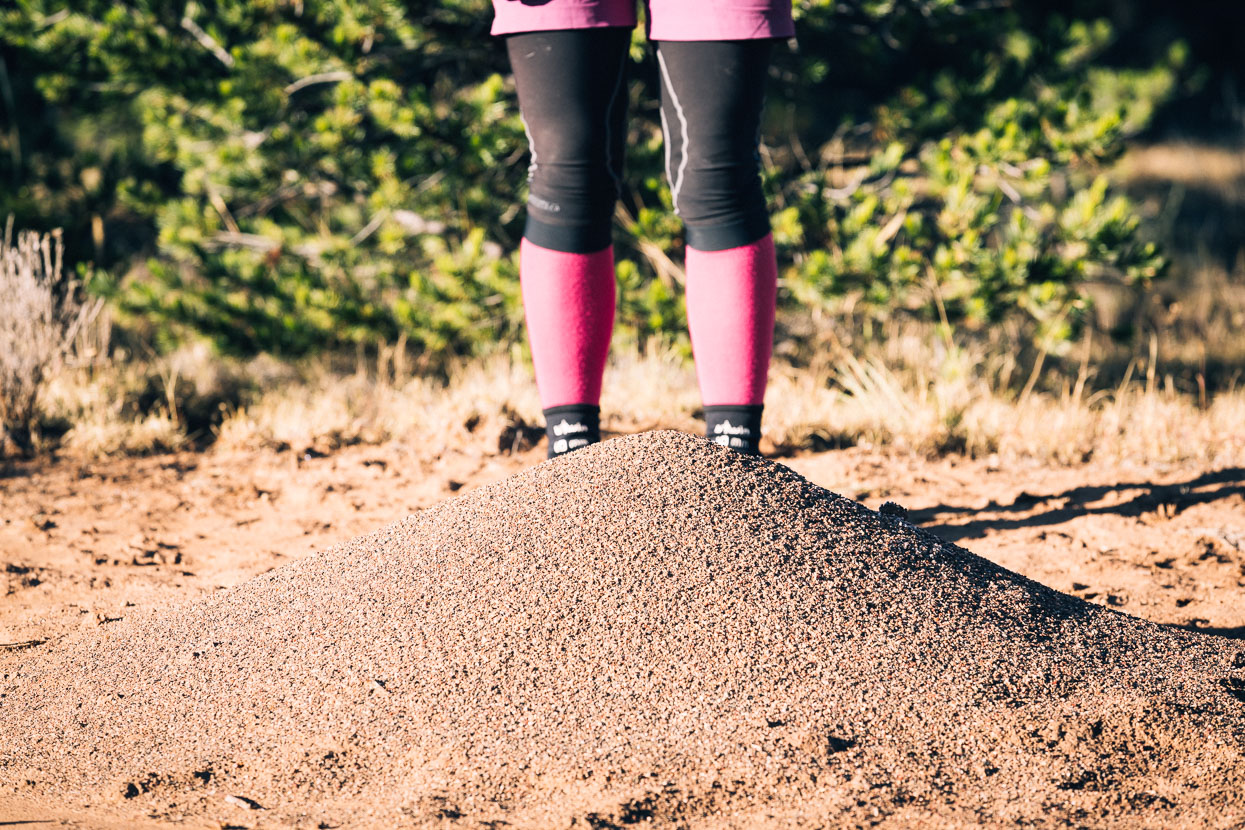
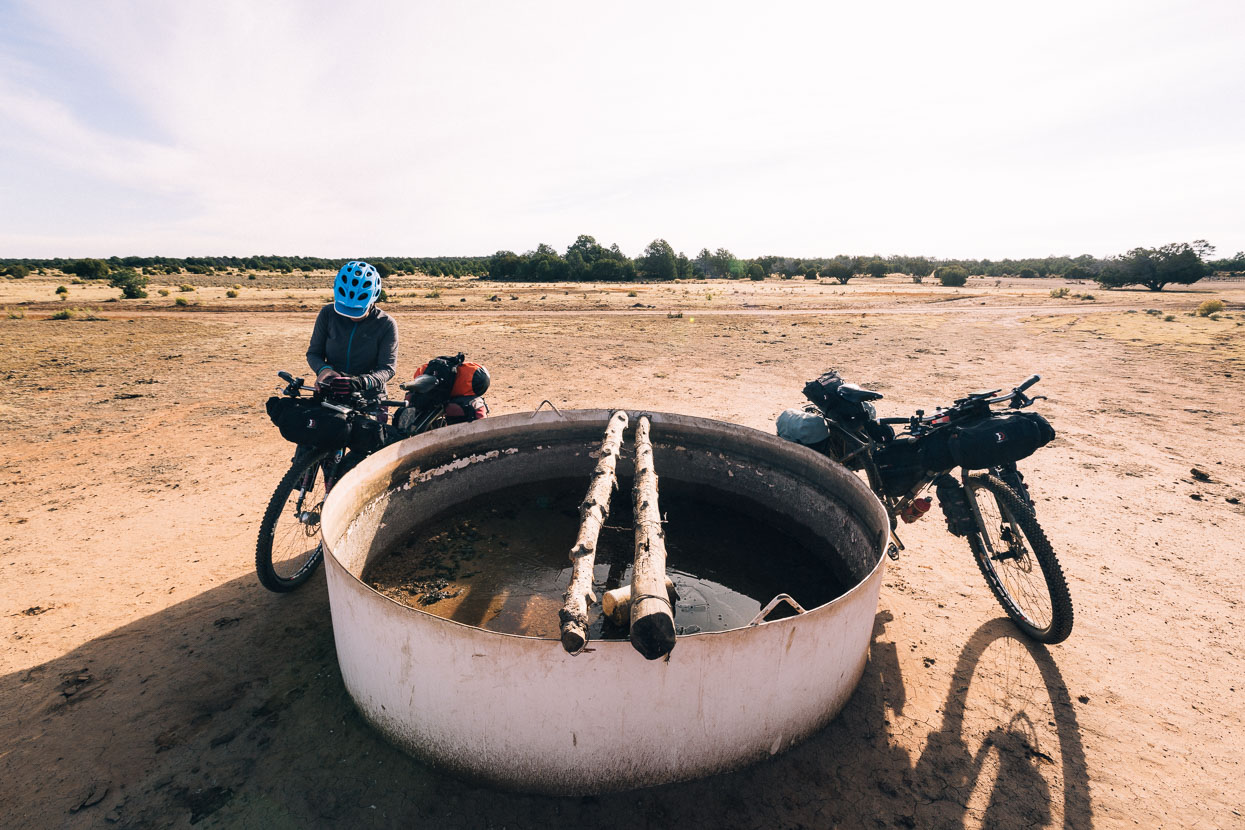
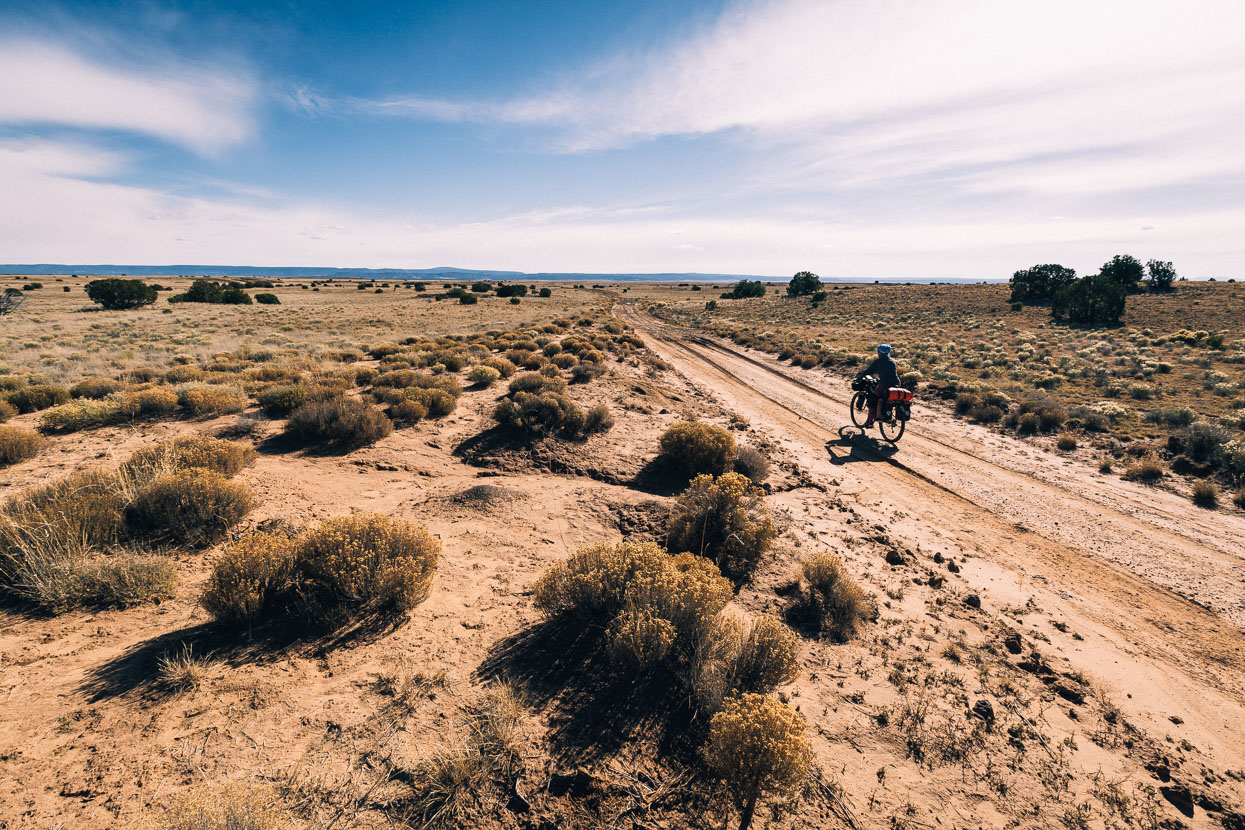
Open grasslands and low rolling hills of the Chain of Craters Backcountry Byway gave us a change from the constant up/down of Colorado and northern New Mexico. There were more hills to come though as we approached the heavily folded ranges of the Gila National Forest.
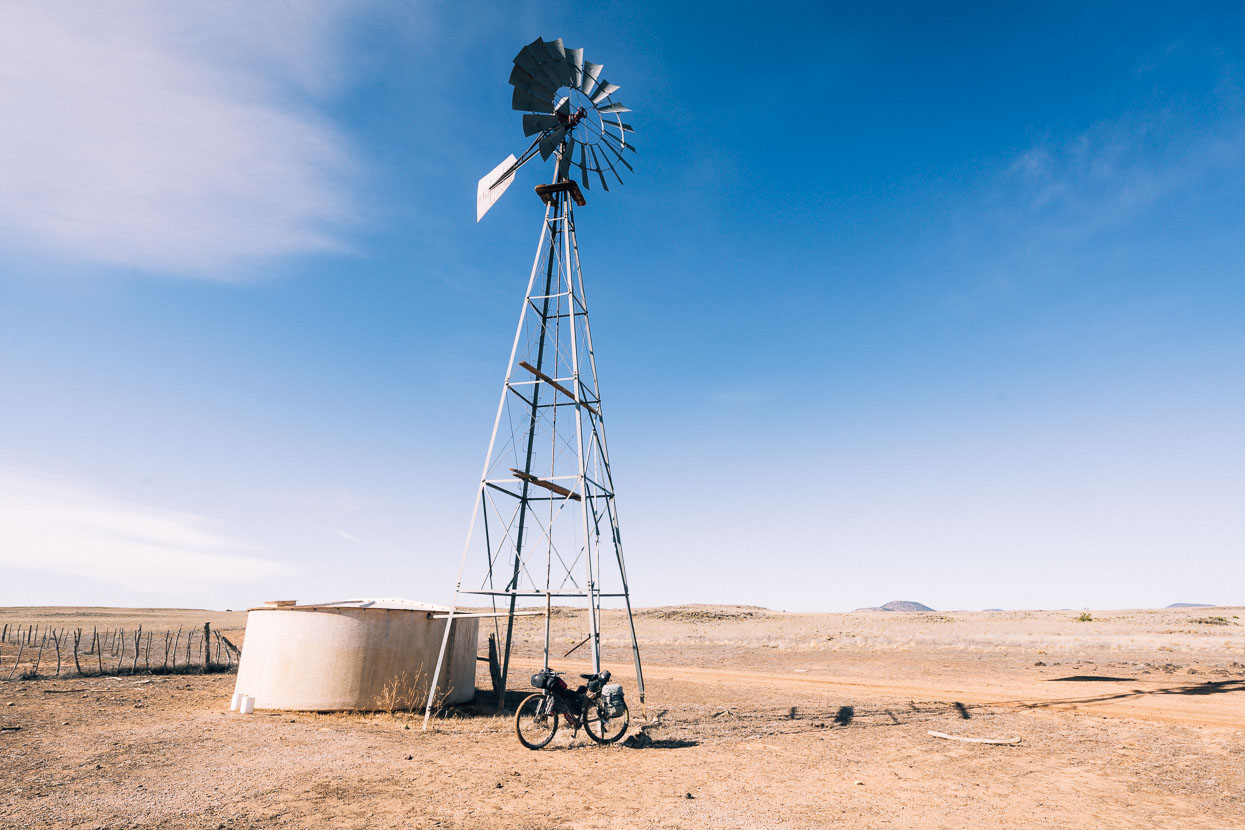
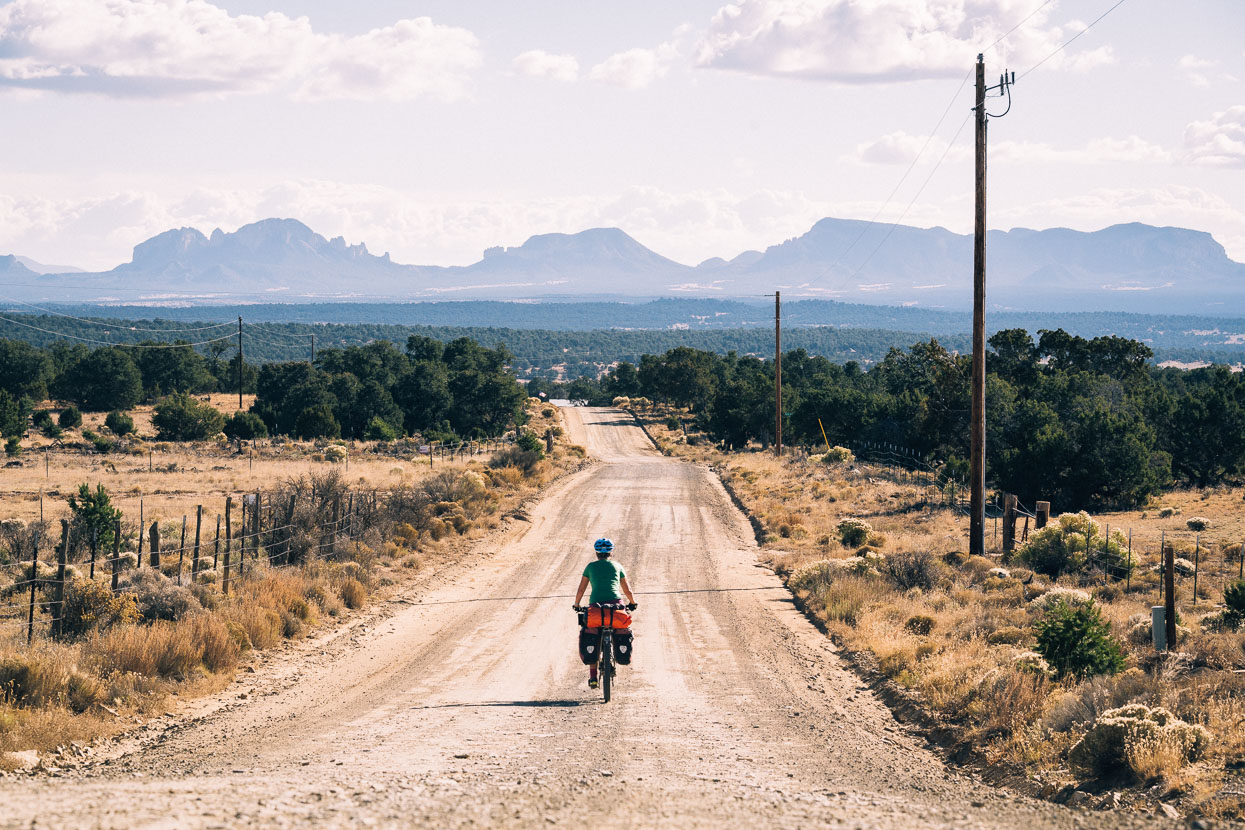
Craggy volcanic ranges near Pie Town. We’d rock climbed on the volcanic tuff near here back in 2010 at Enchanted Tower, one of New Mexico’s best sport climbing areas.
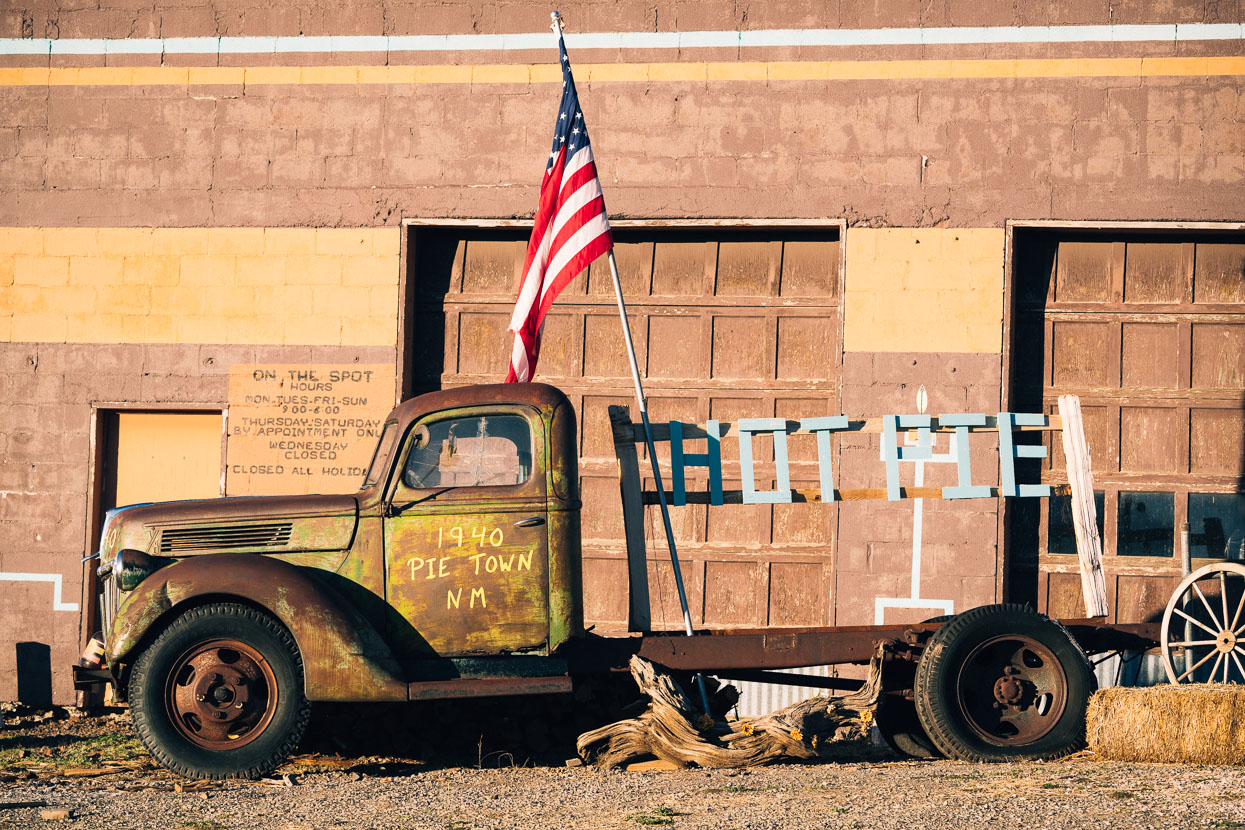
Arriving late in the day we’d feared that Pie Town’s legendary pie shops might be closed, but a single ramshackle arrangement provided us with dinner and pie while the night turned cold and frosty outside.
Toaster House is well known in hiker/biker circles as a pay by donation open home in Pie Town and legion Continental Divide Trail hikers and Great Divide cyclists have rested here. The guest book told of a busy season, now very much in its closing days (we’d seen one lonely hiker in Grants). The house was once a family home and is now furnished, but not permanently occupied and left unlocked in this sleepy township for casual use. We were happy to have a night out of the cold but did have to put up with the company of a rather-too-talkative and (probably) homeless person who insisted he had an arrangement with the owner. He definitely wasn’t a through hiker/biker.
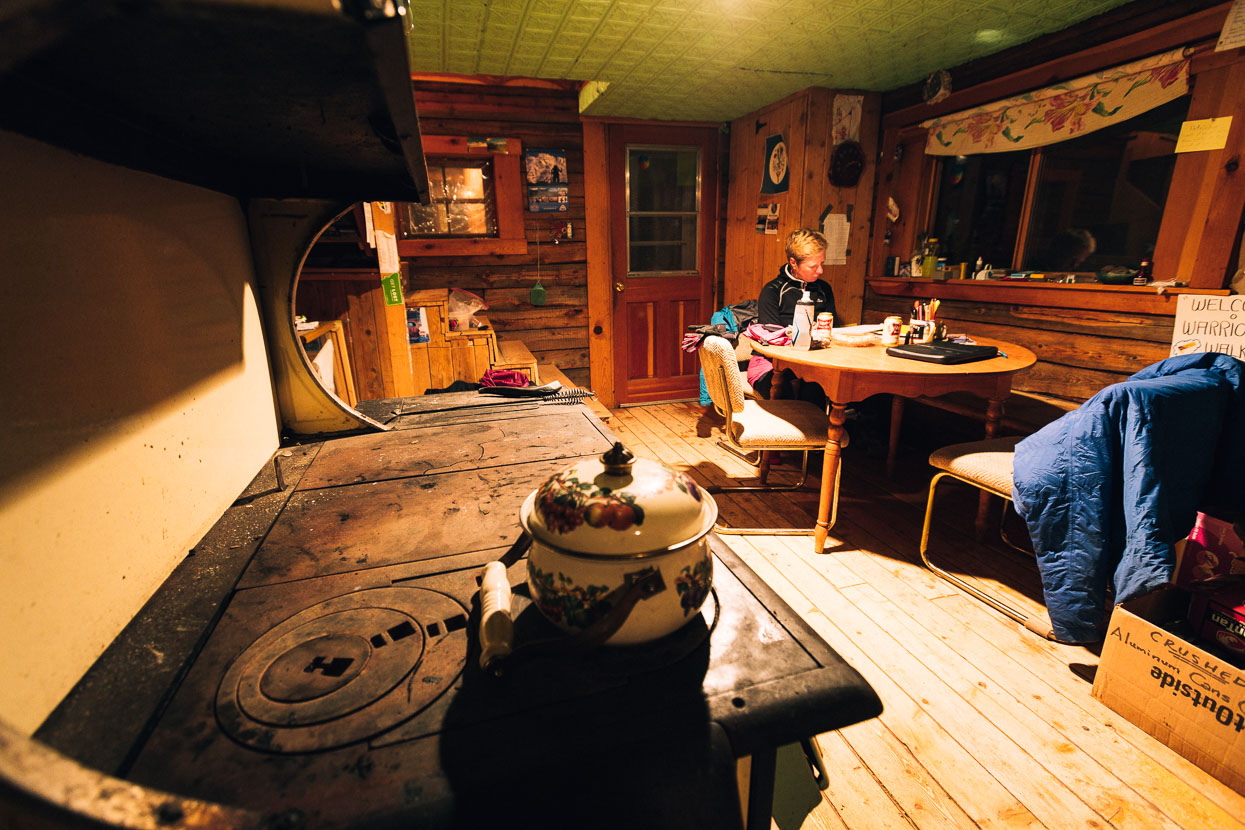
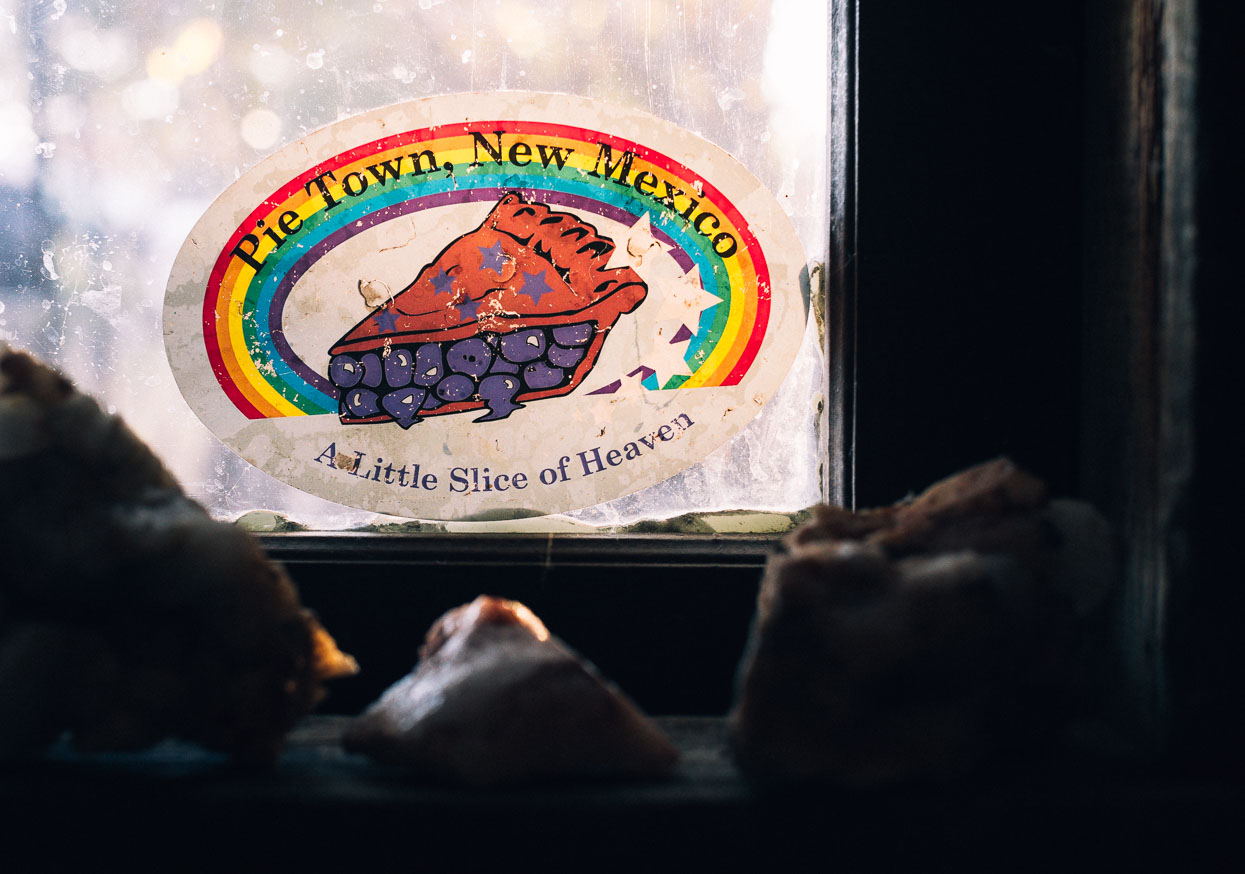
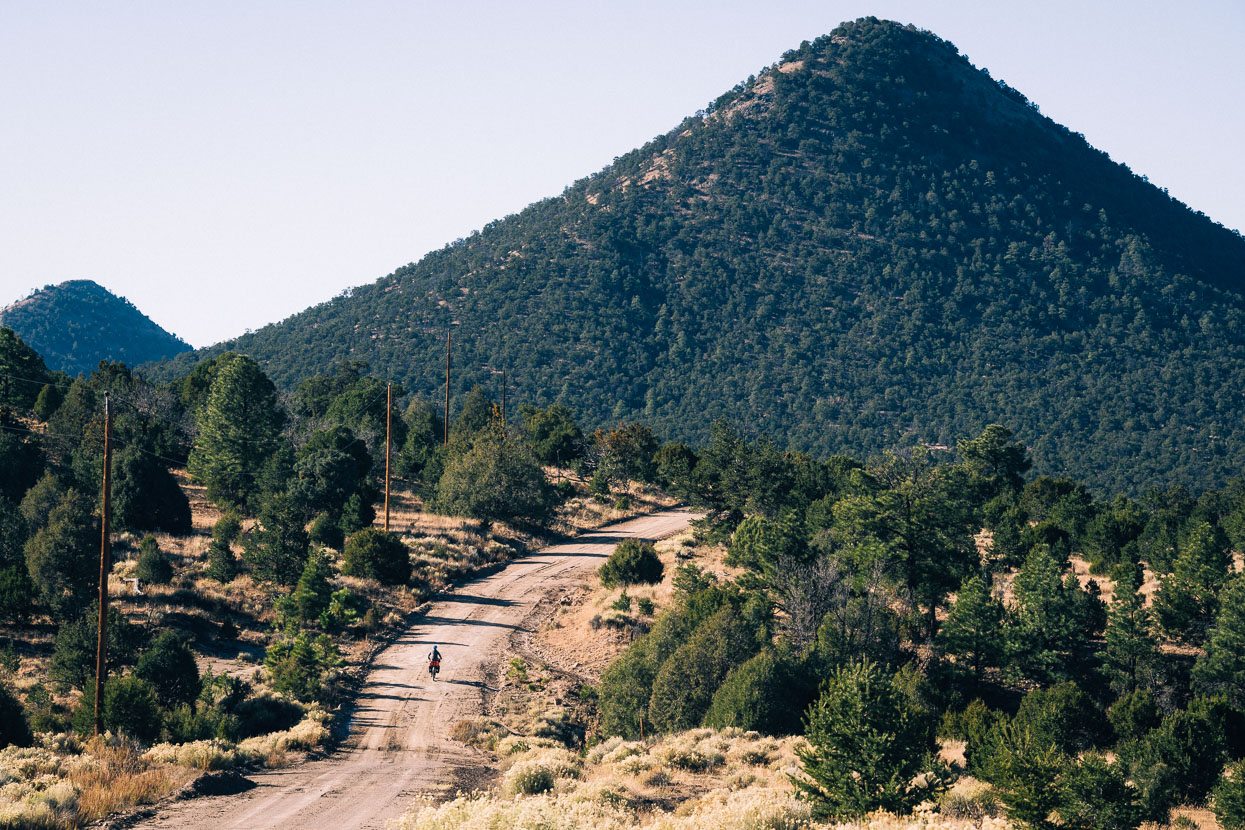
Between Pie Town and the Plains of San Augustin the route winds through beautiful small hills, ranges and stretches of dry forest dominated by piñon pine and juniper.
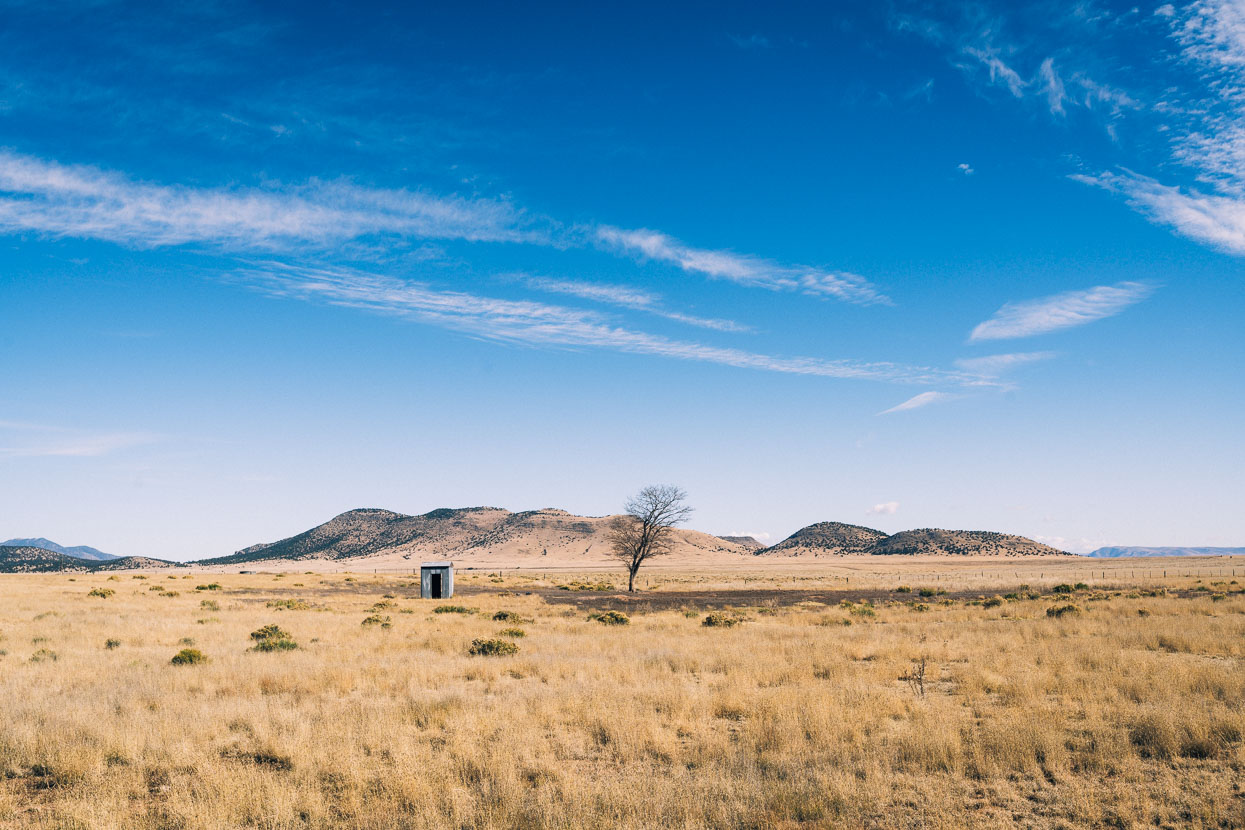
Grasslands near Datil, on the edge of the Plains of San Augustin.
Skirting the edge of the Plains of San Augustin as we head towards La Jolla Canyon and Collins Park.
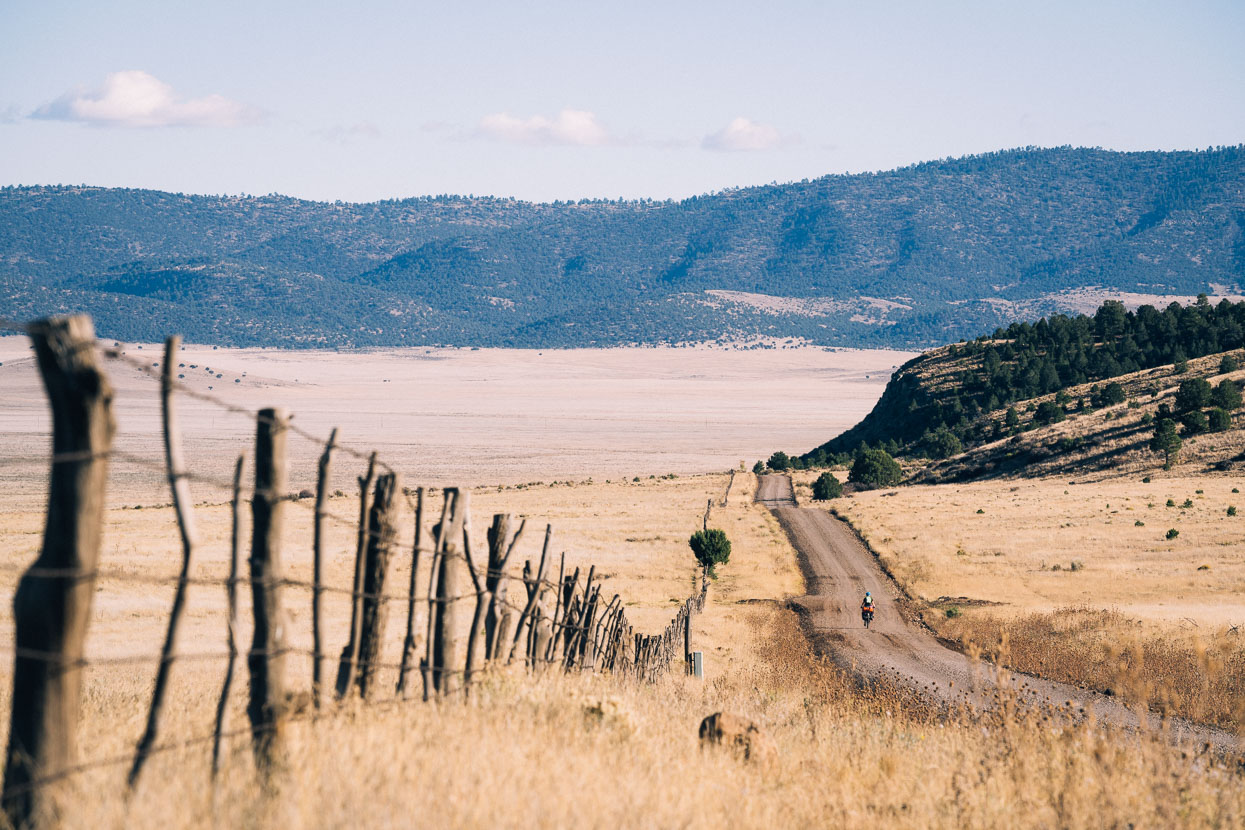
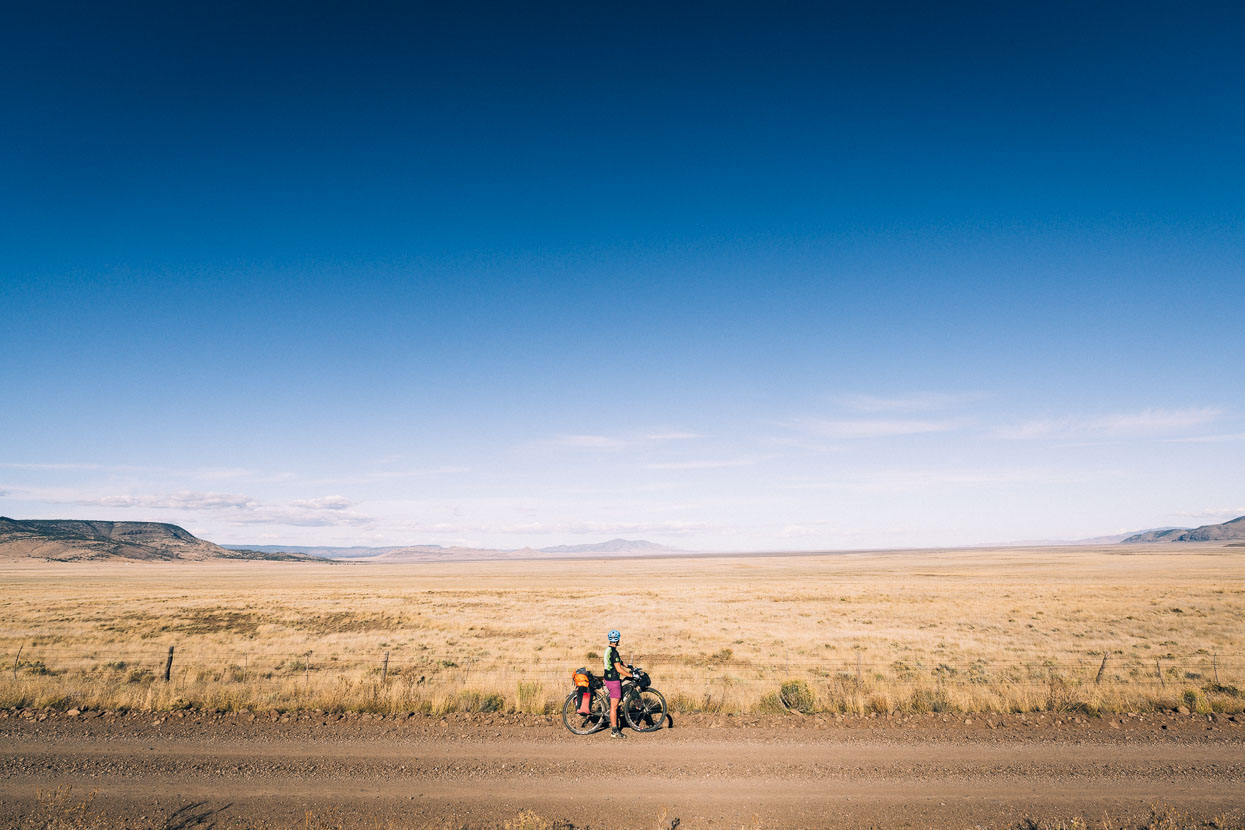
The very, very big and the very, very small.
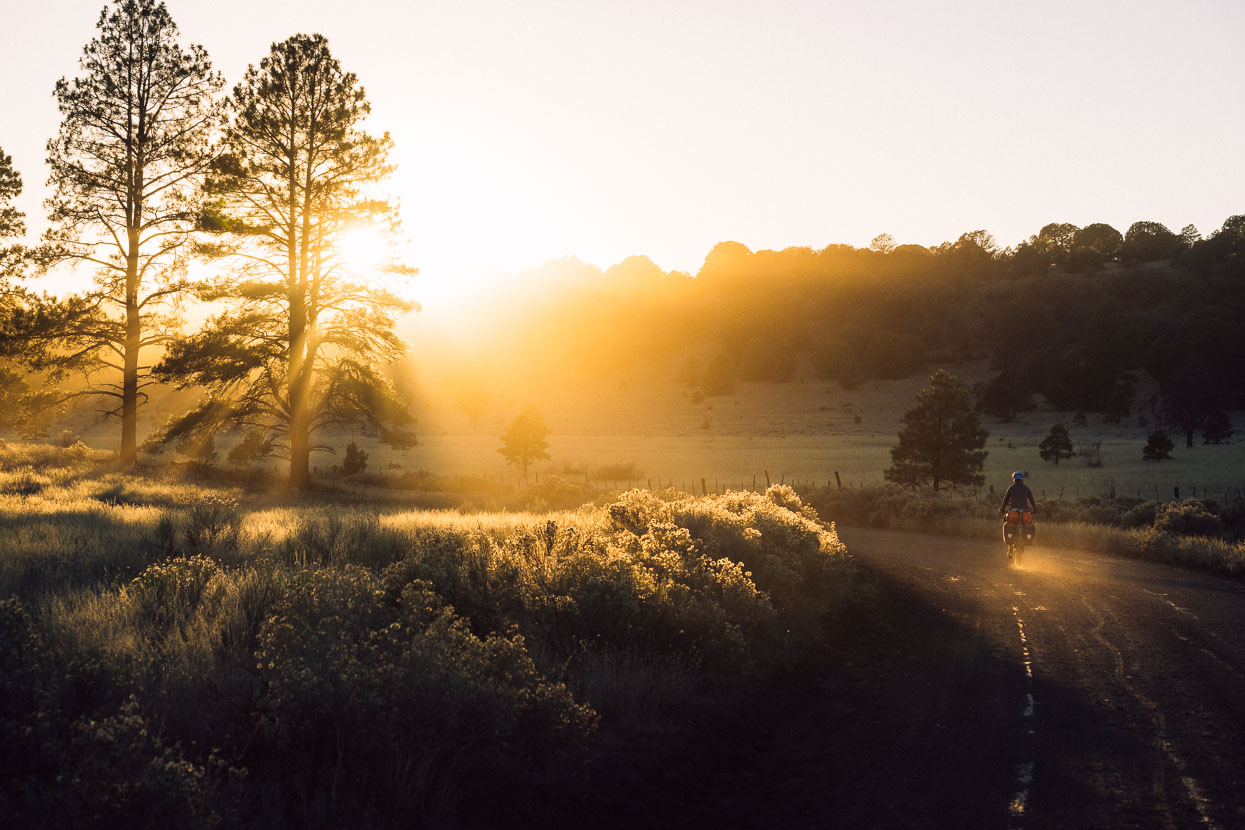
Late afternoon in La Jolla Canyon, and time to start looking for a campsite.
Much of the time the road follows the floor of ancient canyons formed from volcanic activity.
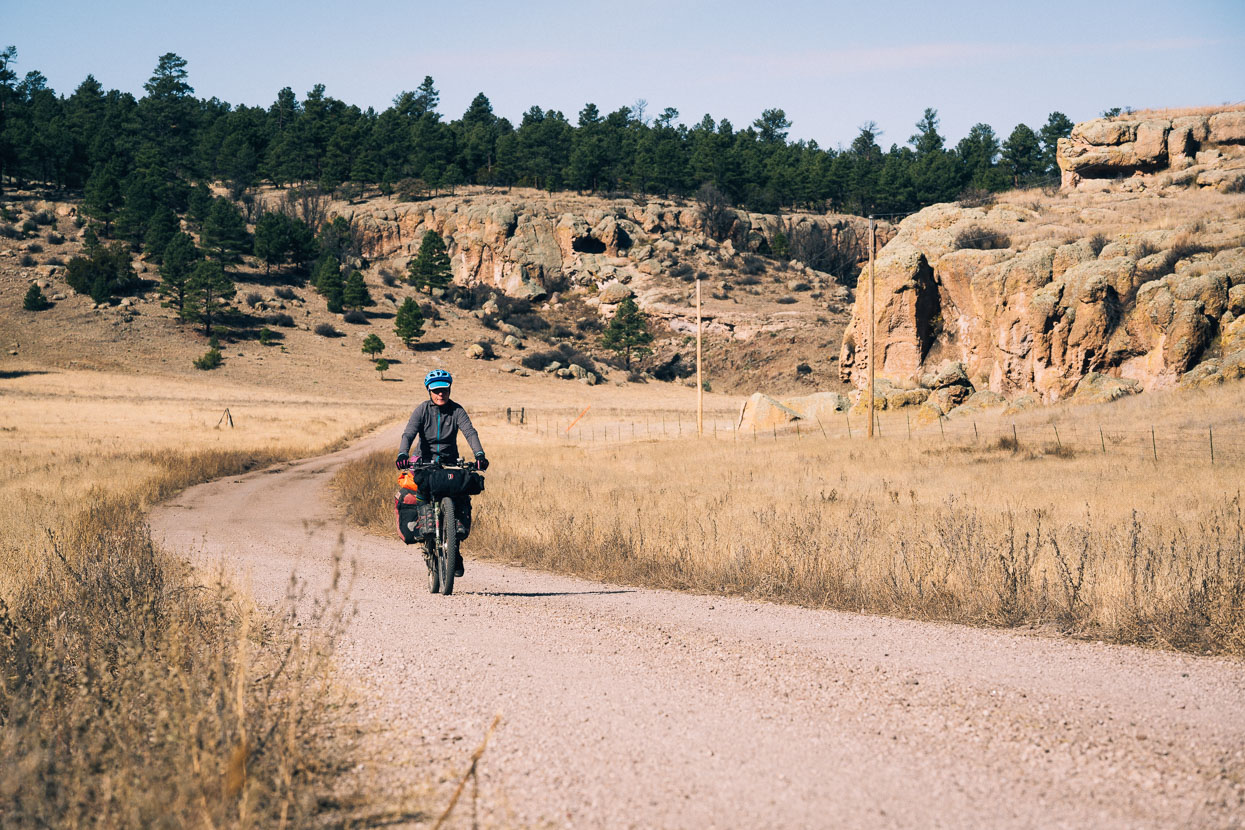
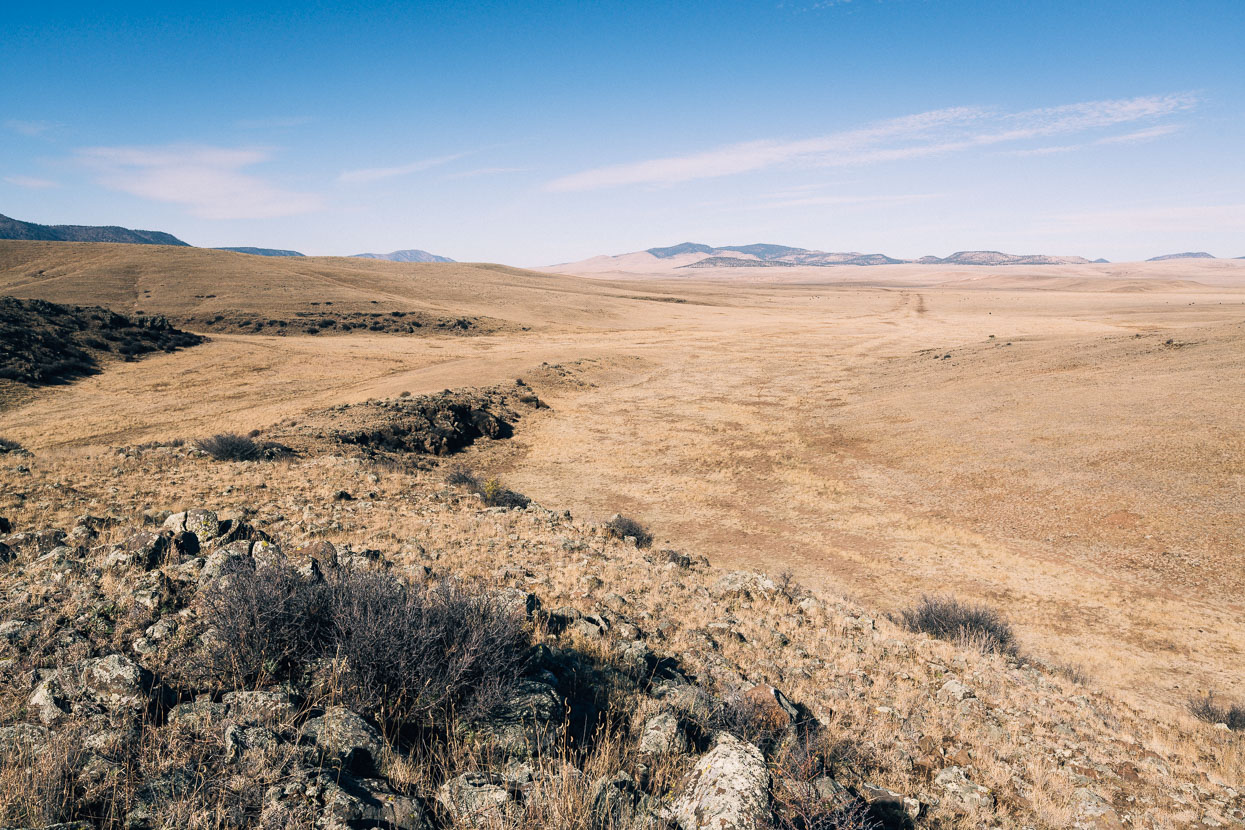
Saying goodbye to the grasslands as we enter Gila National Forest.
Our third tarantula sighting, probably a male out roaming and looking for a mate. We discovered they put on a leg raising, goose-stepping march if you get too close.
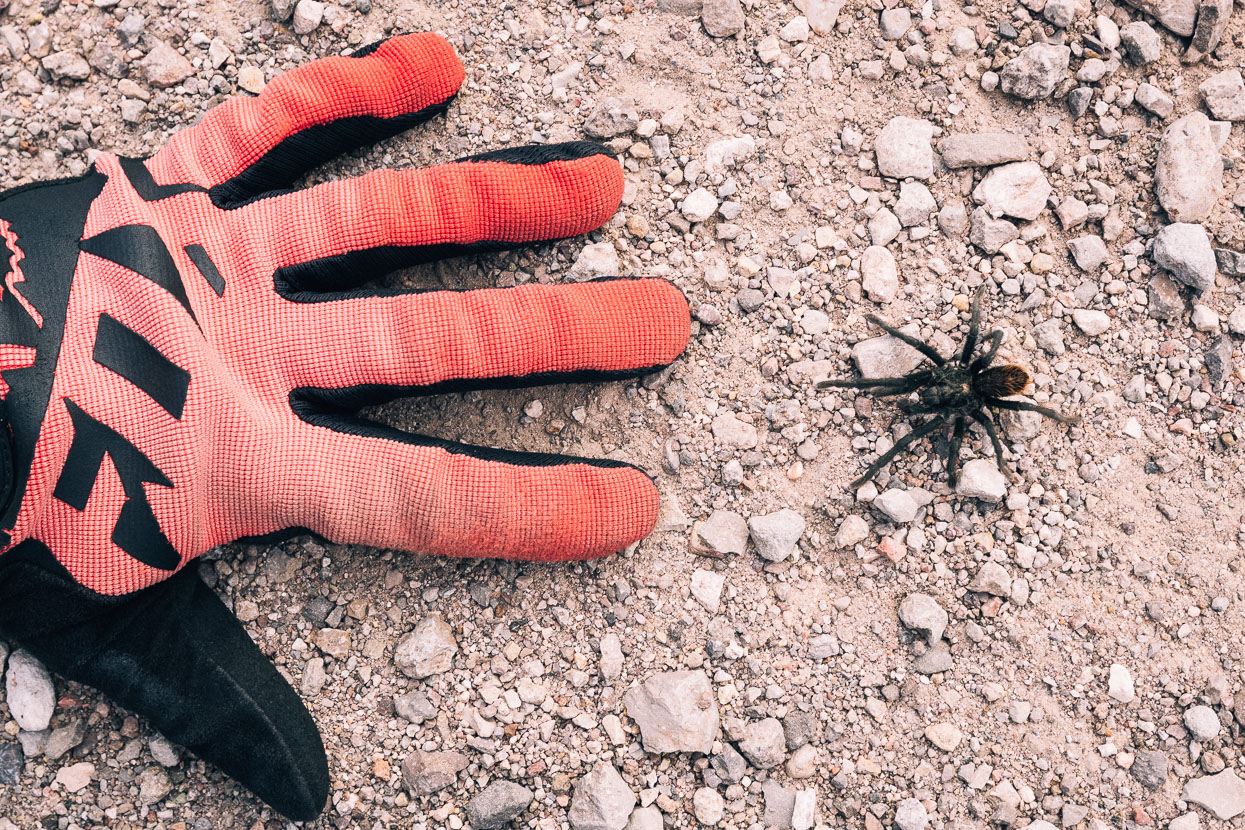
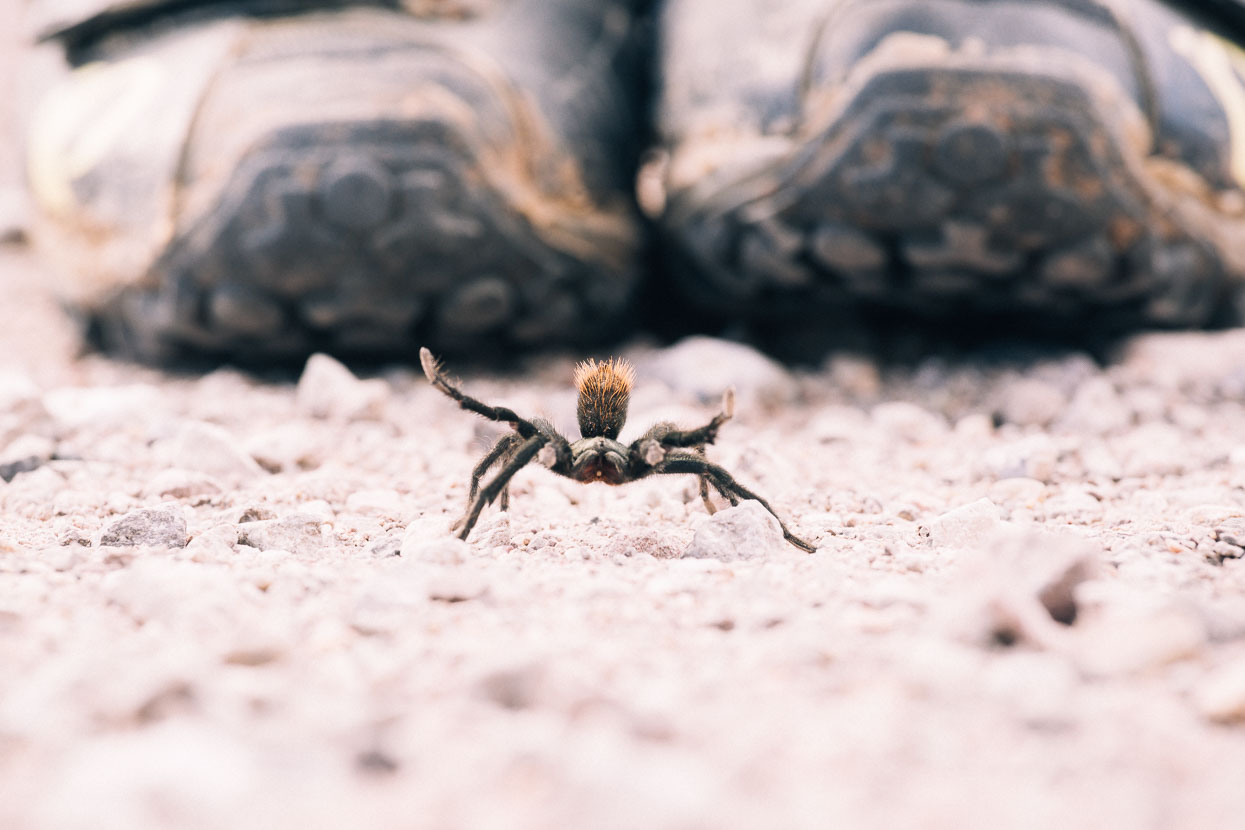
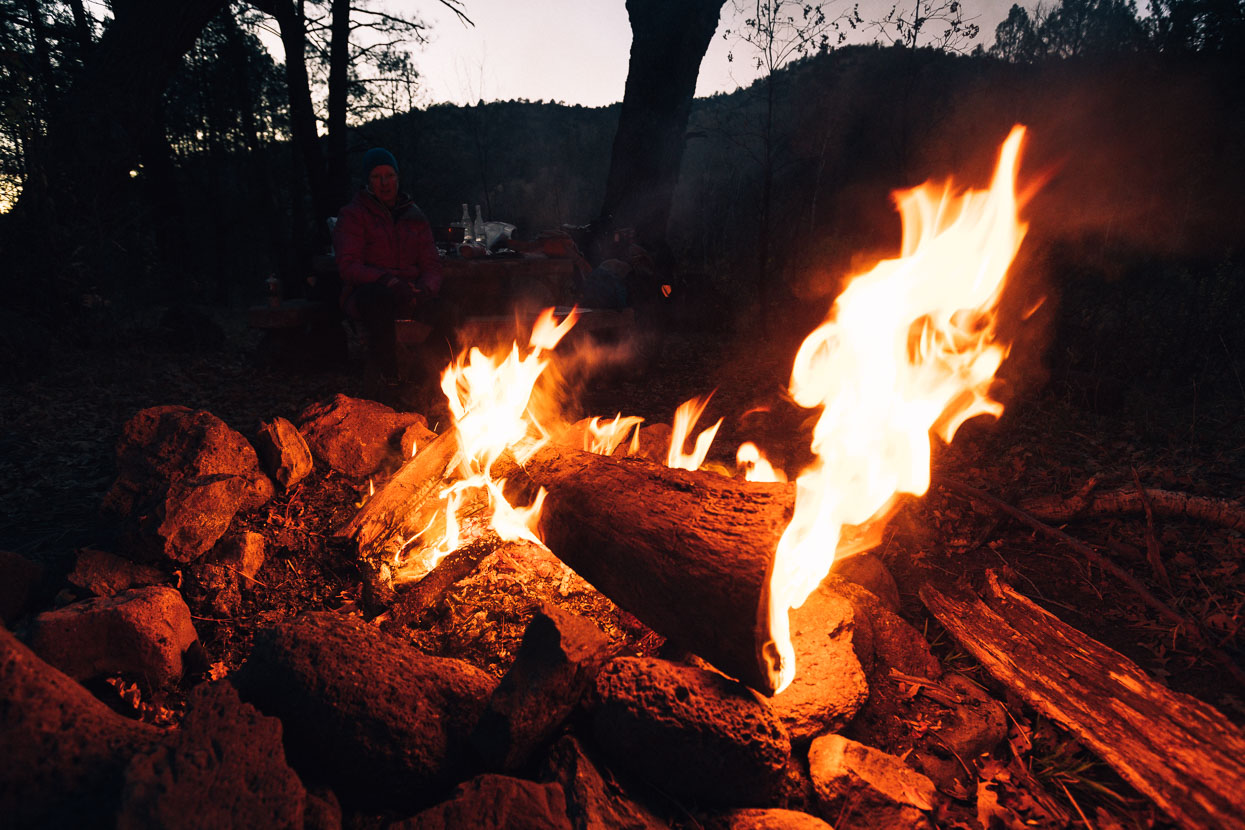
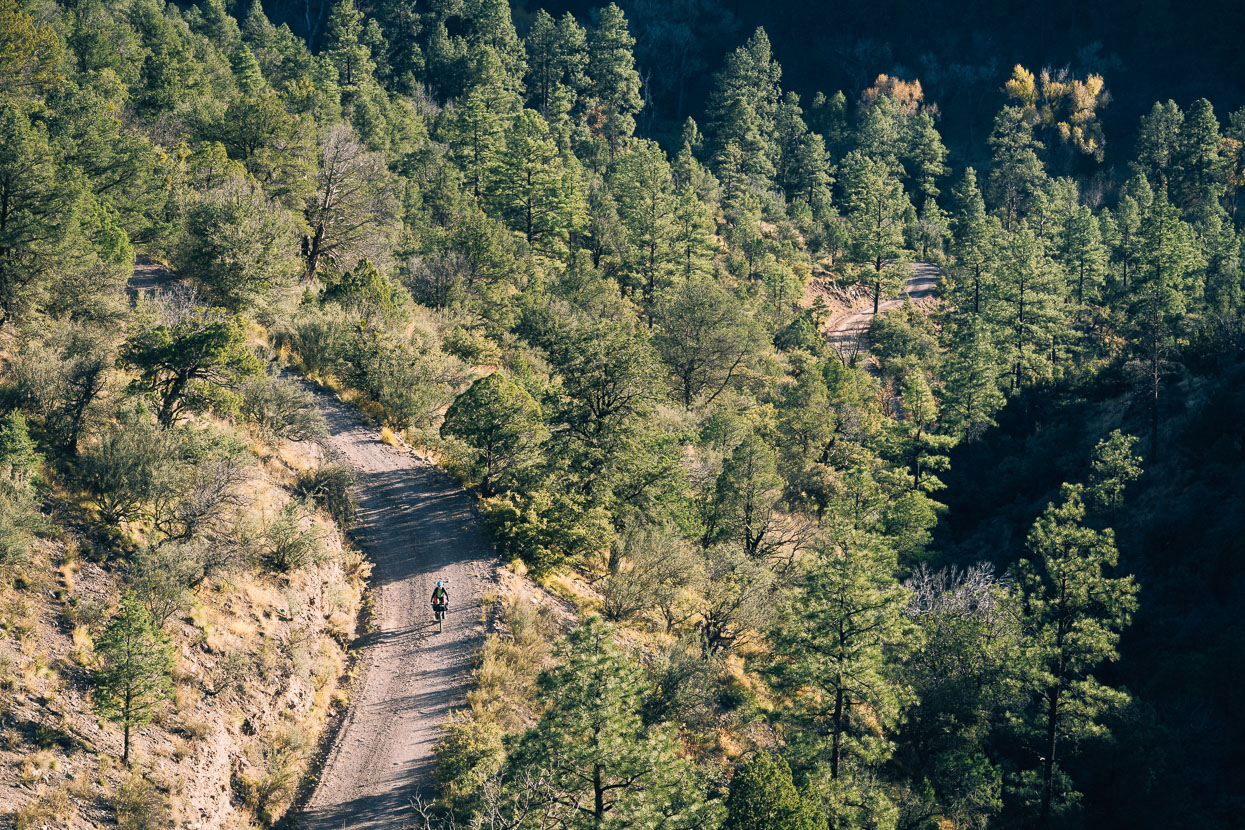
Black Canyon in the Gila National Forest. These hilly ranges kept us working hard with their steep climbs and sometimes rocky roads.
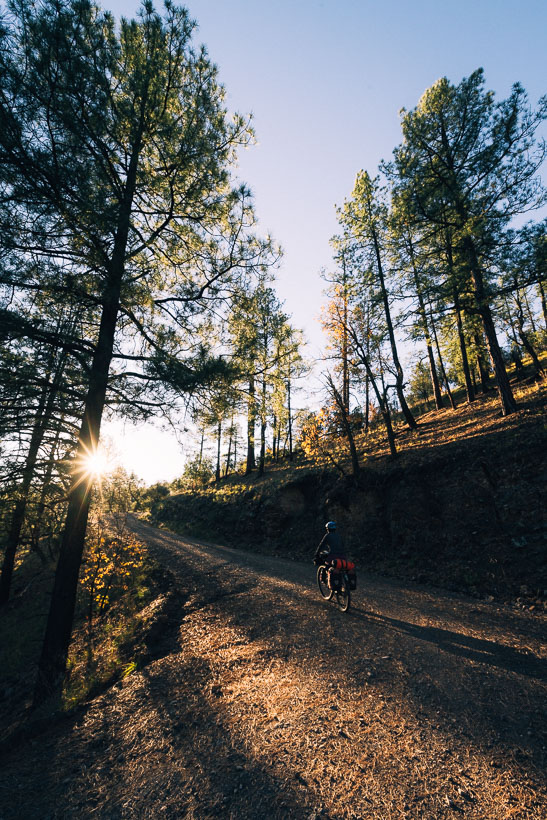
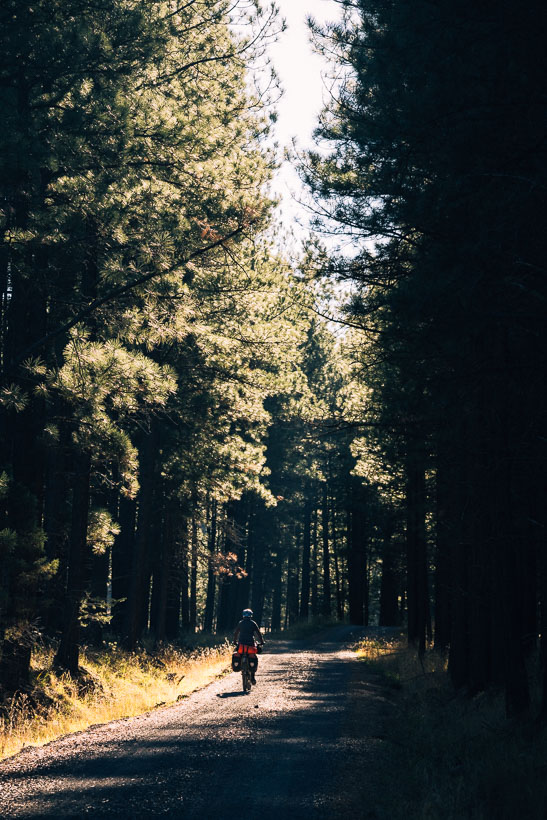
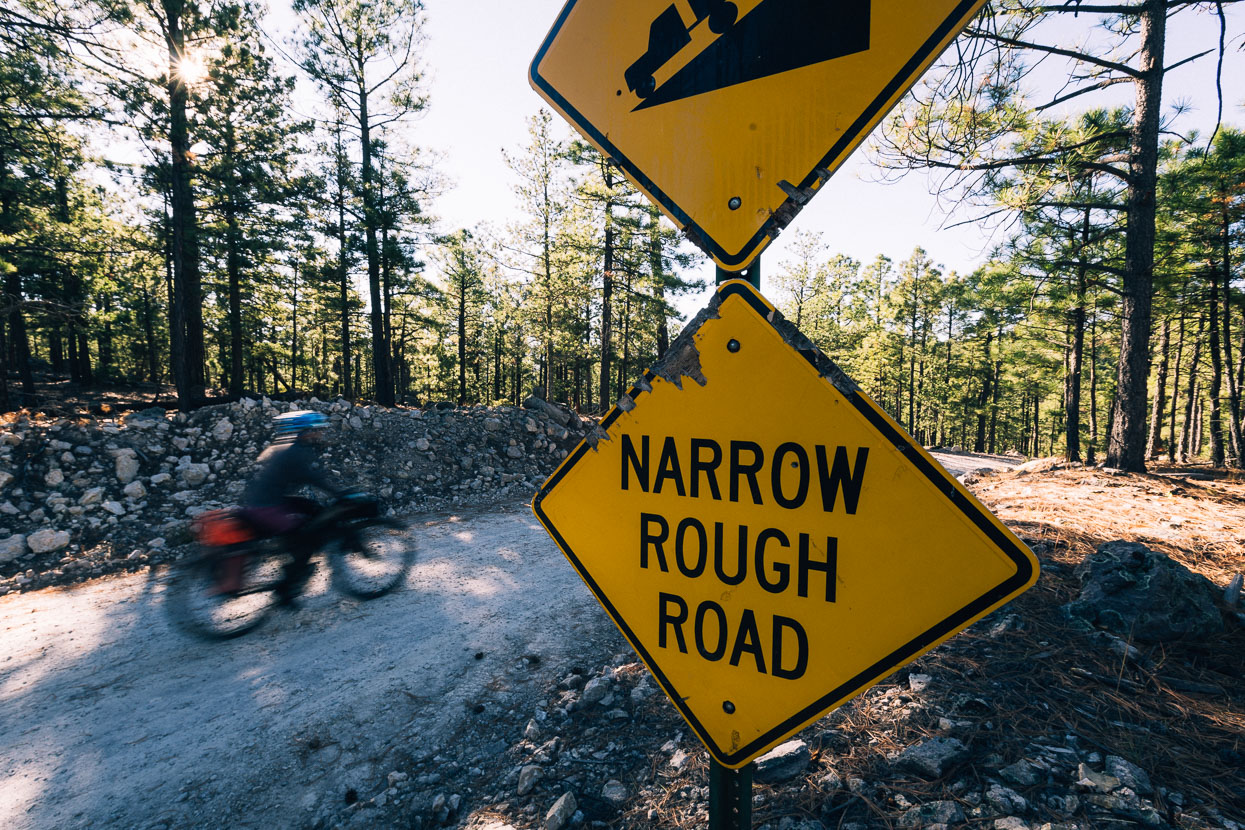
As with much of the Great Divide we saw few people, especially with the rapidly cooling weather.
Nearing Pinos Altos, near Silver City we had the option of a hilly, paved, ride to close the day, or an apparently worthwhile and rideable section of the CDT trail that is written up in the Great Divide guidebook. Always keen to avoid pavement if we can, we choose the latter, which spent much of its distance following nice single track etched into the side of a ridge.
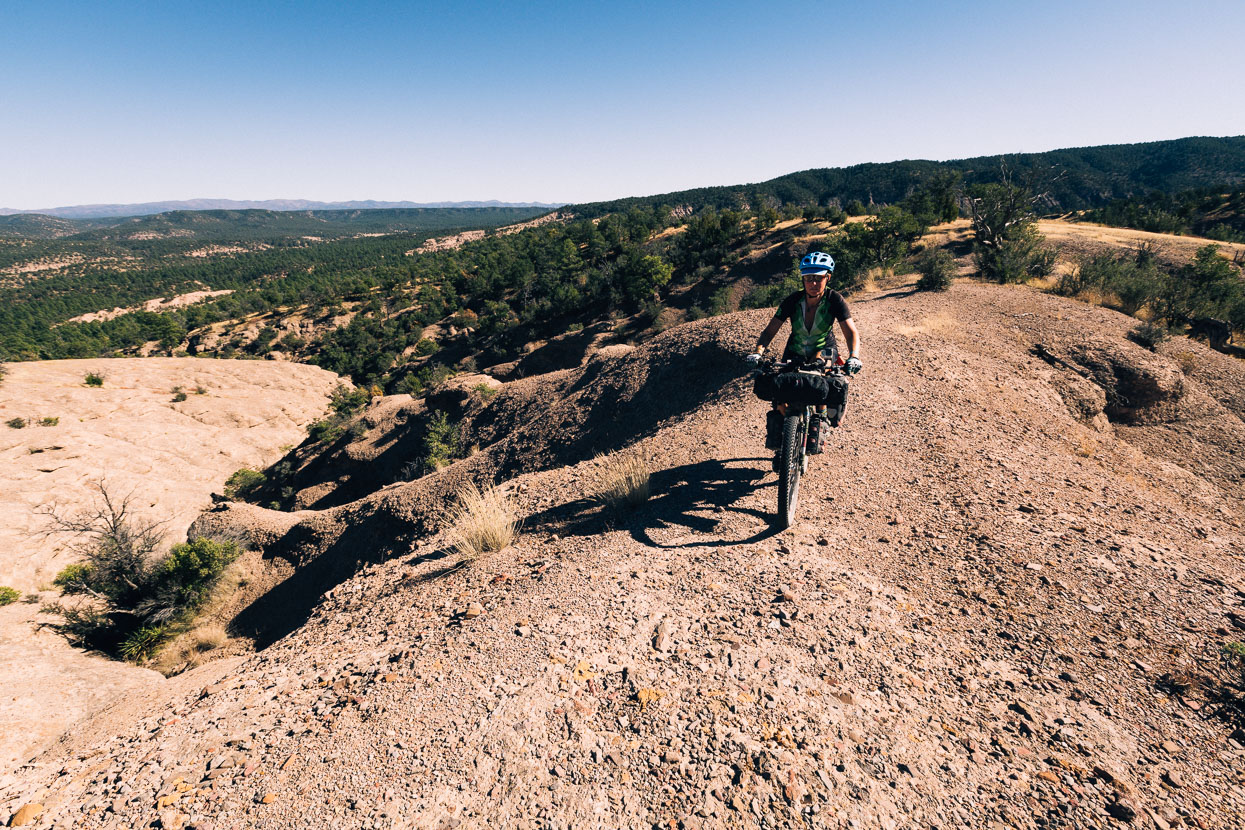
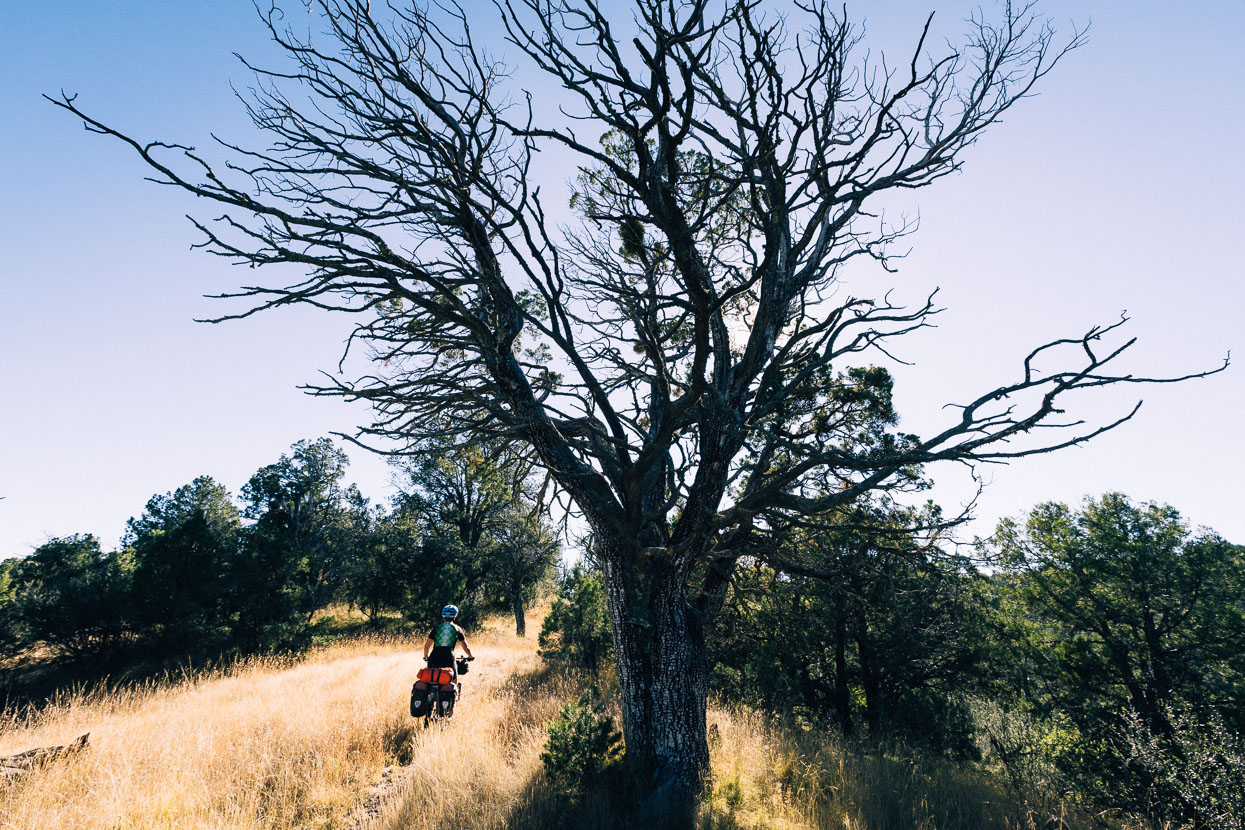
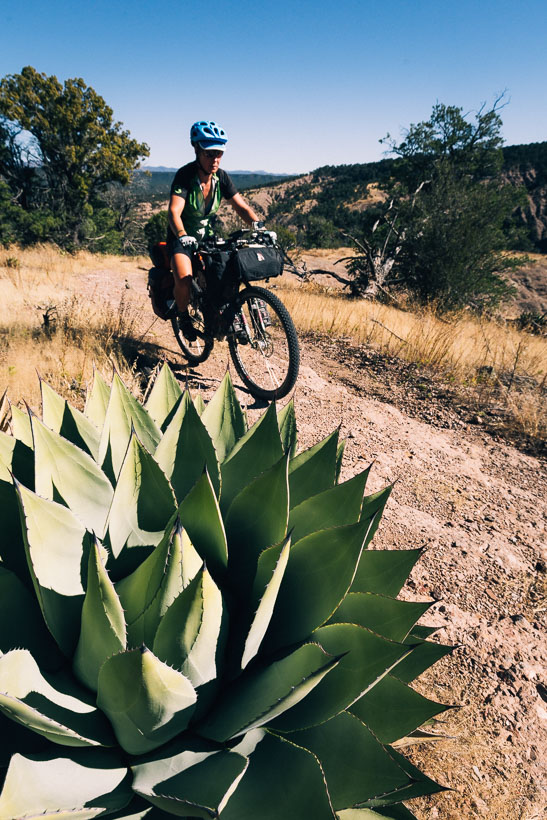
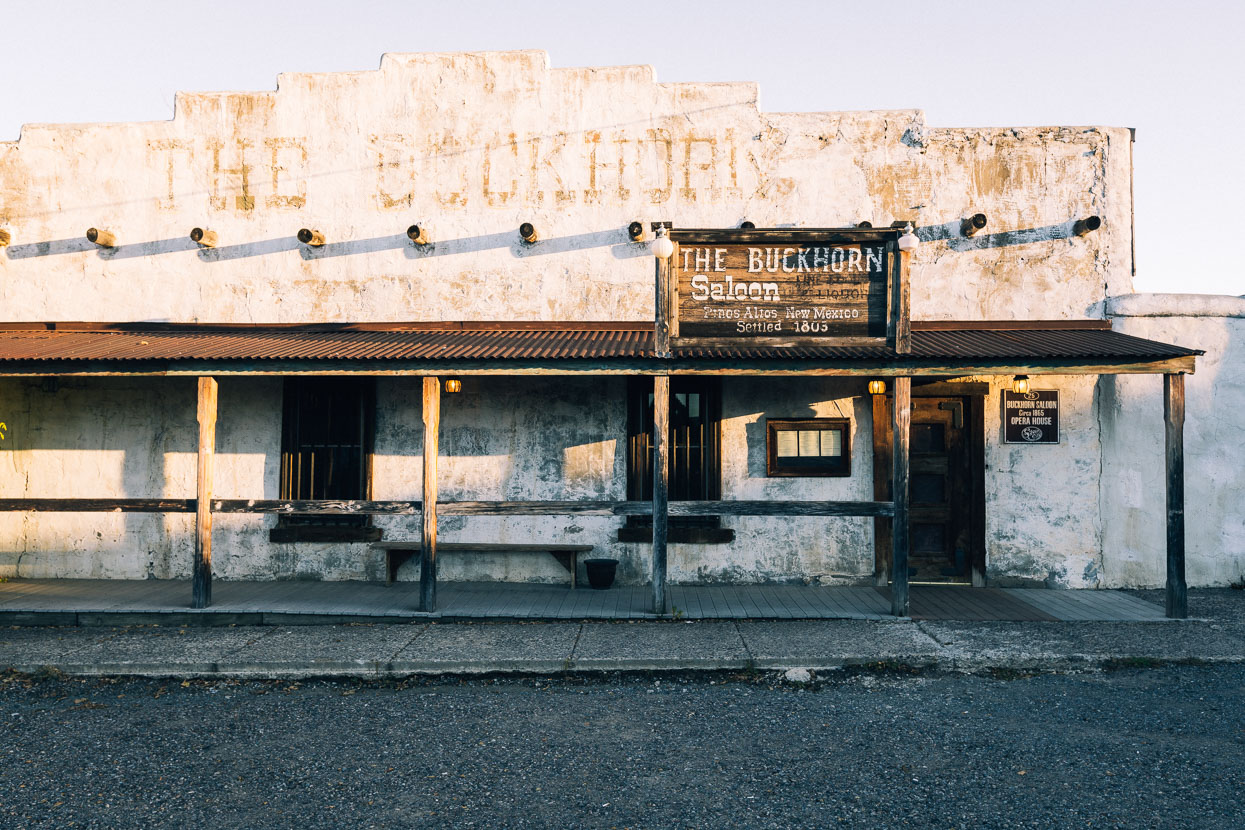
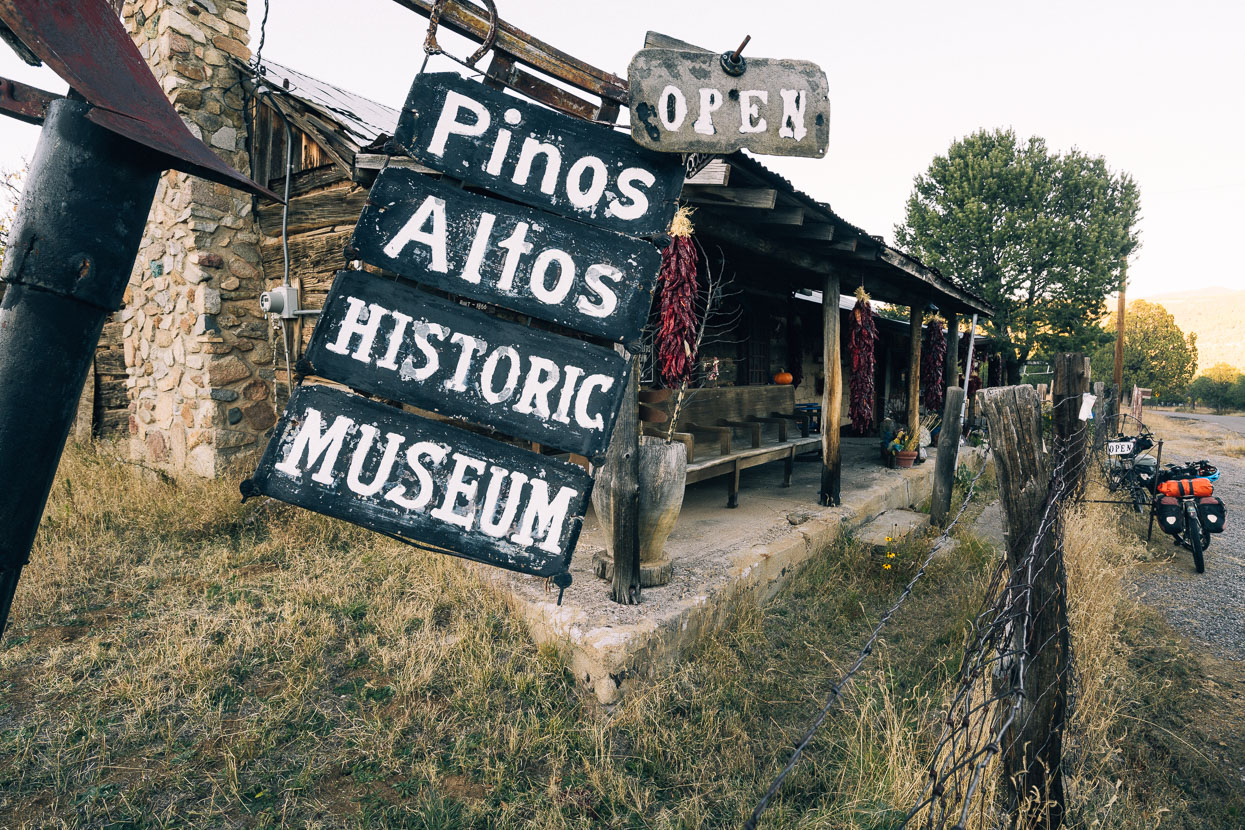
It was four days since we’d last seen a shop and had a resupply (apart from the meal in Pie Town, where no other shops were open) when we arrived in Pinos Altos so we were very happy to pick up a drink and an icecream in the gallery/museum there before heading on to Silver City where were had a stay with a Warm Showers host arranged.
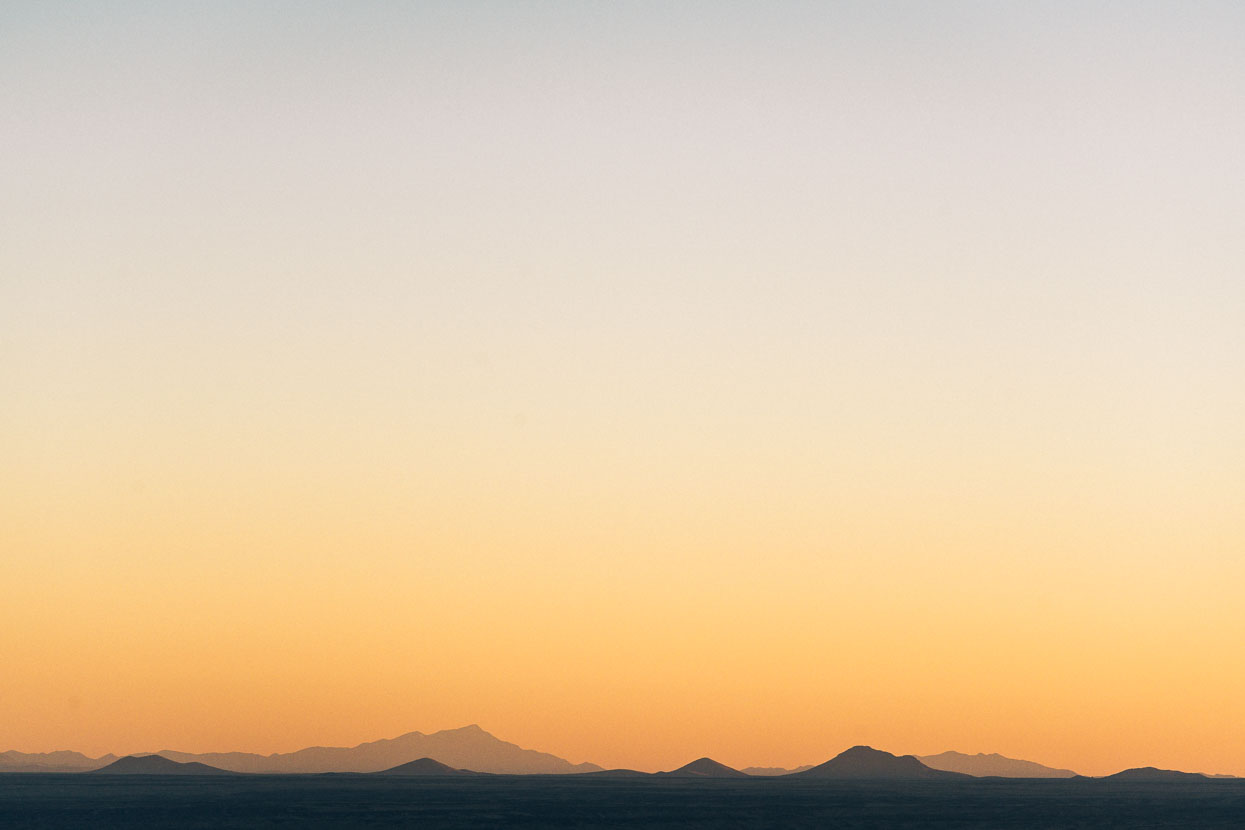
We left the hills of the Gila behind as we descended towards Silver City, arriving at dusk to this view overlooking the dry plains and scattered ranges beyond Silver City. We’d left the contiguous ranges of the Rockies and their southern Colorado and New Mexico outliers behind now and the landscape took the form of great desert flats interrupted with ‘island’ ranges – such as the Hatchet Mountains.
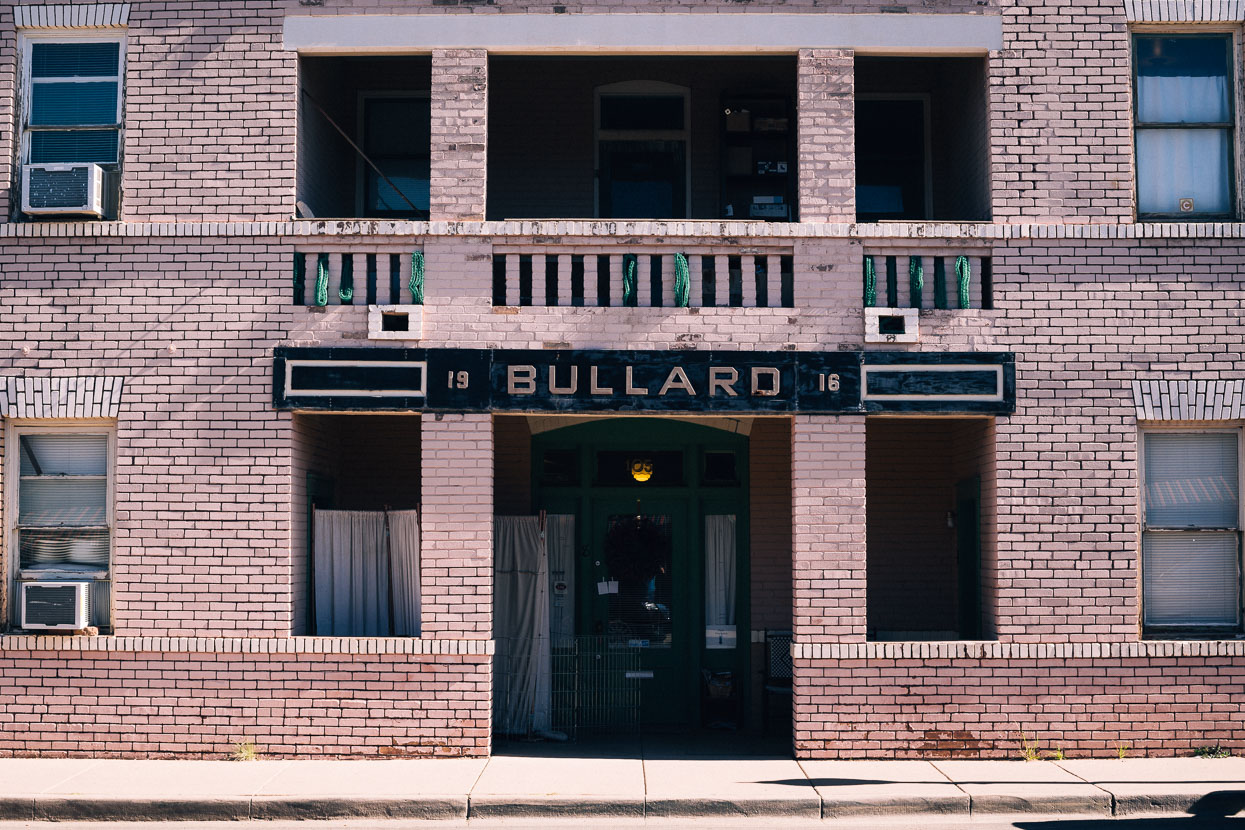
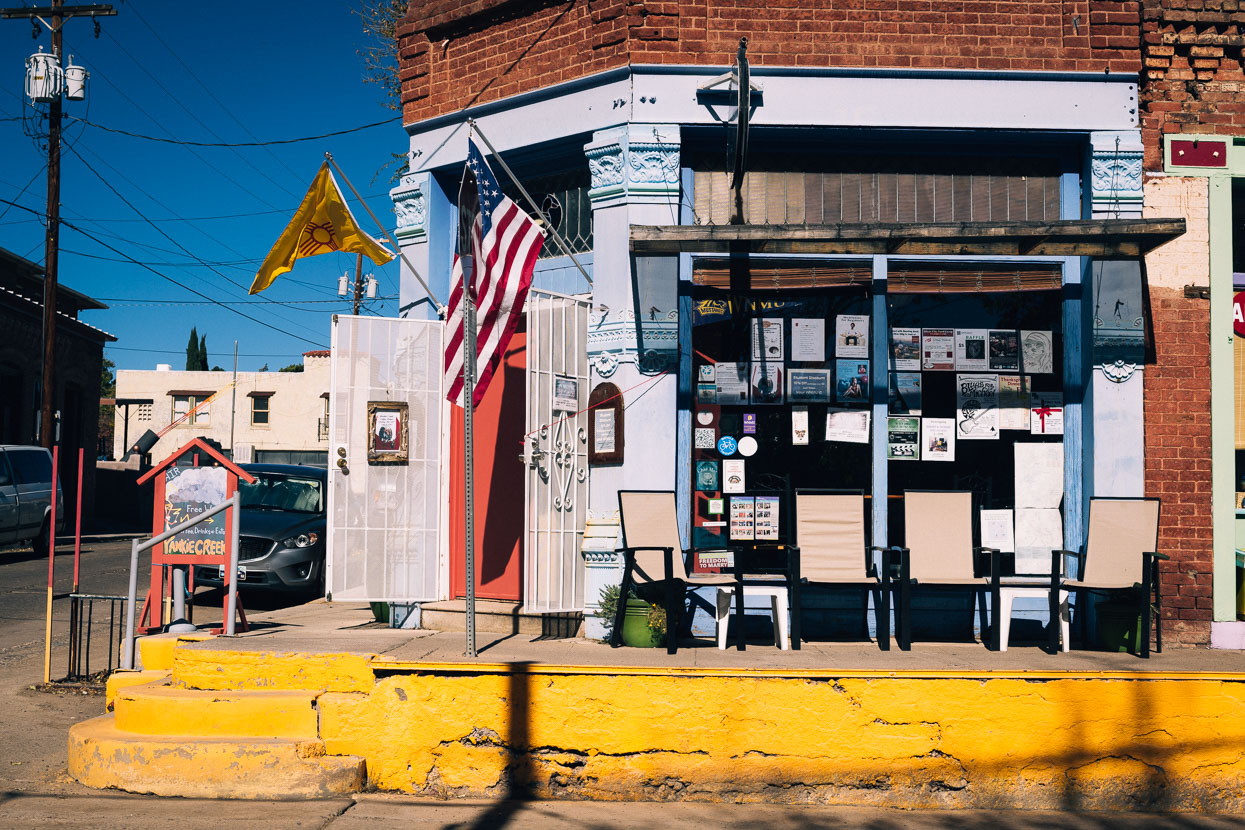
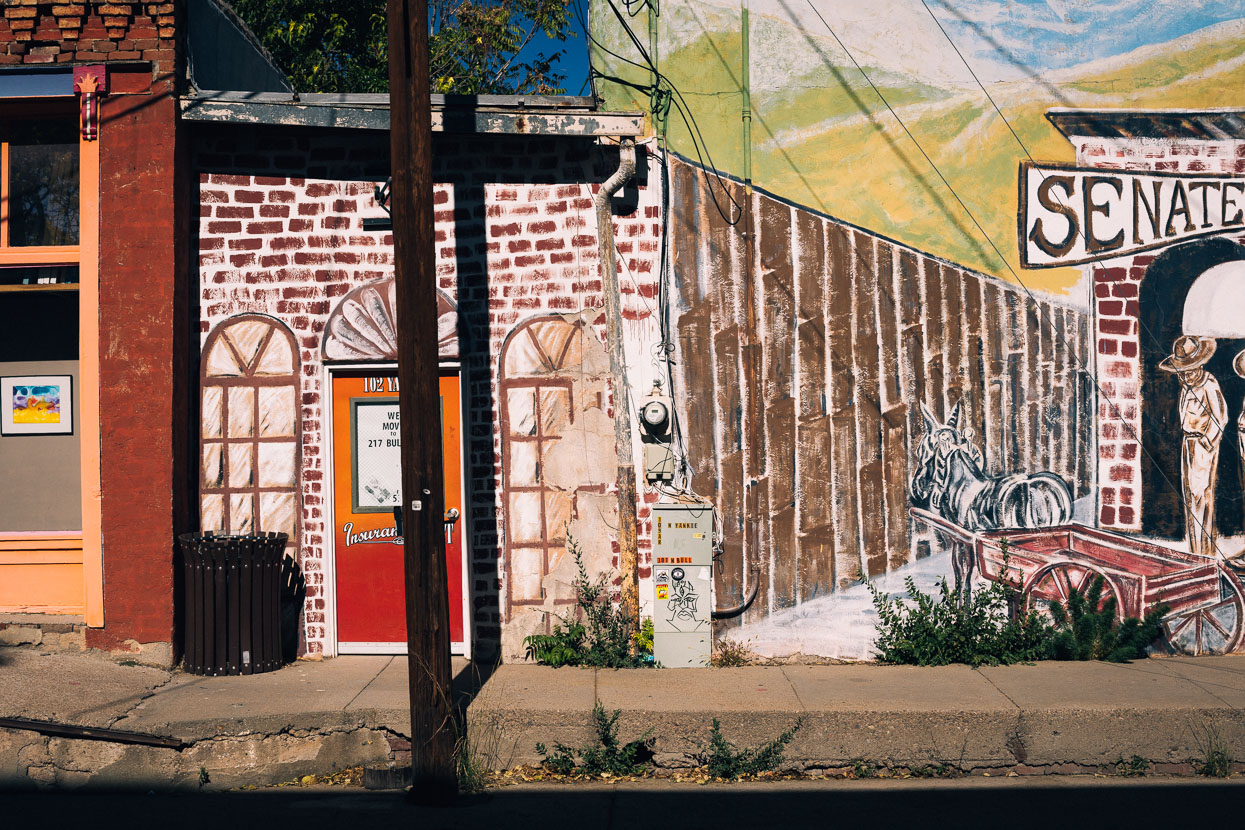
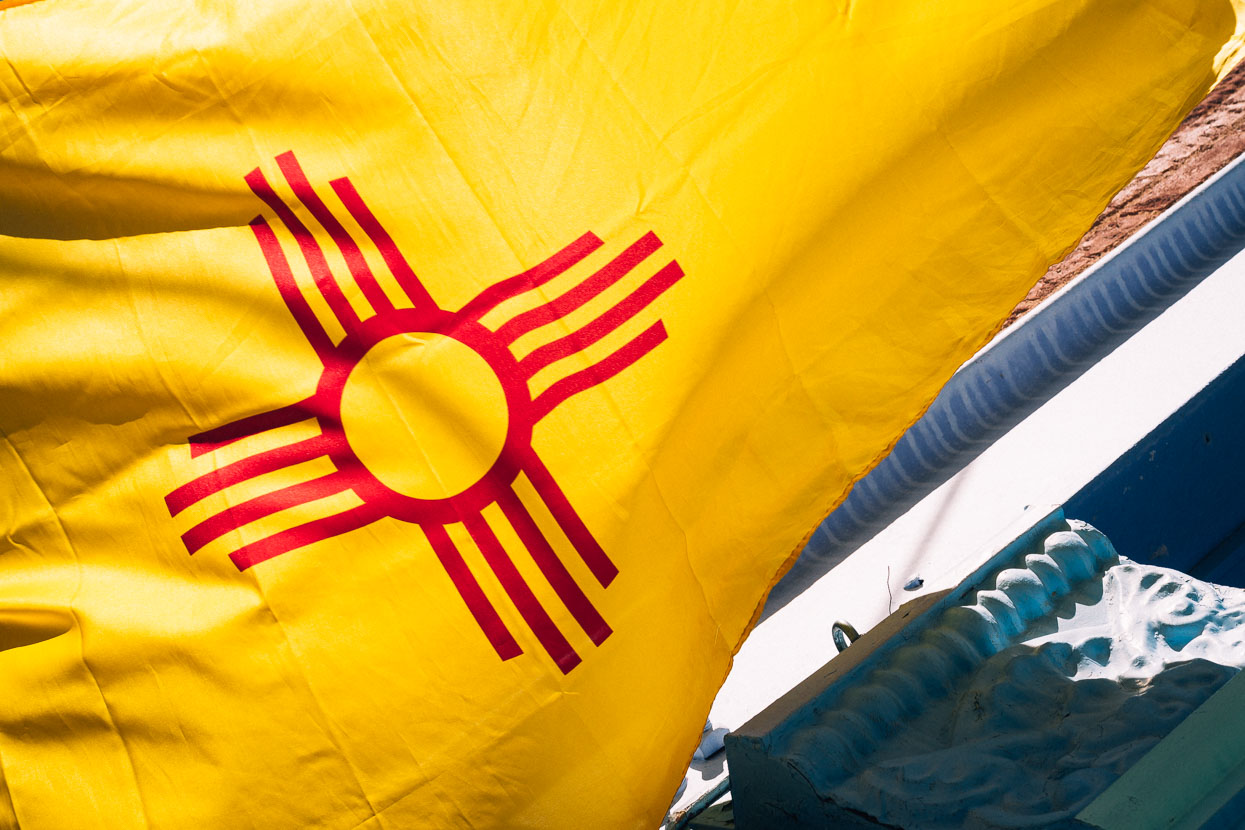
Downtown Silver City. Cafes, good food and a great bike shop made Silver City one of the more charming towns we’d passed through in a while.
Trish Geels, an expat Kiwi, hosted us in Silver City for three days while we rested up, attended to some bike maintenance and worked on blogging and photos. We really enjoyed her company and that of her good friend Steve who she walks with every morning (along with their boxers Ollie and Rocky). Trish’s company and comfortable home were a refreshing change after much time camping in the cold of the hills. It was the first time we’d been in a private home since Steamboat, CO, some weeks back. The perfect place to rest up before a final long day out to our southern-most destination along the Great Divide route.
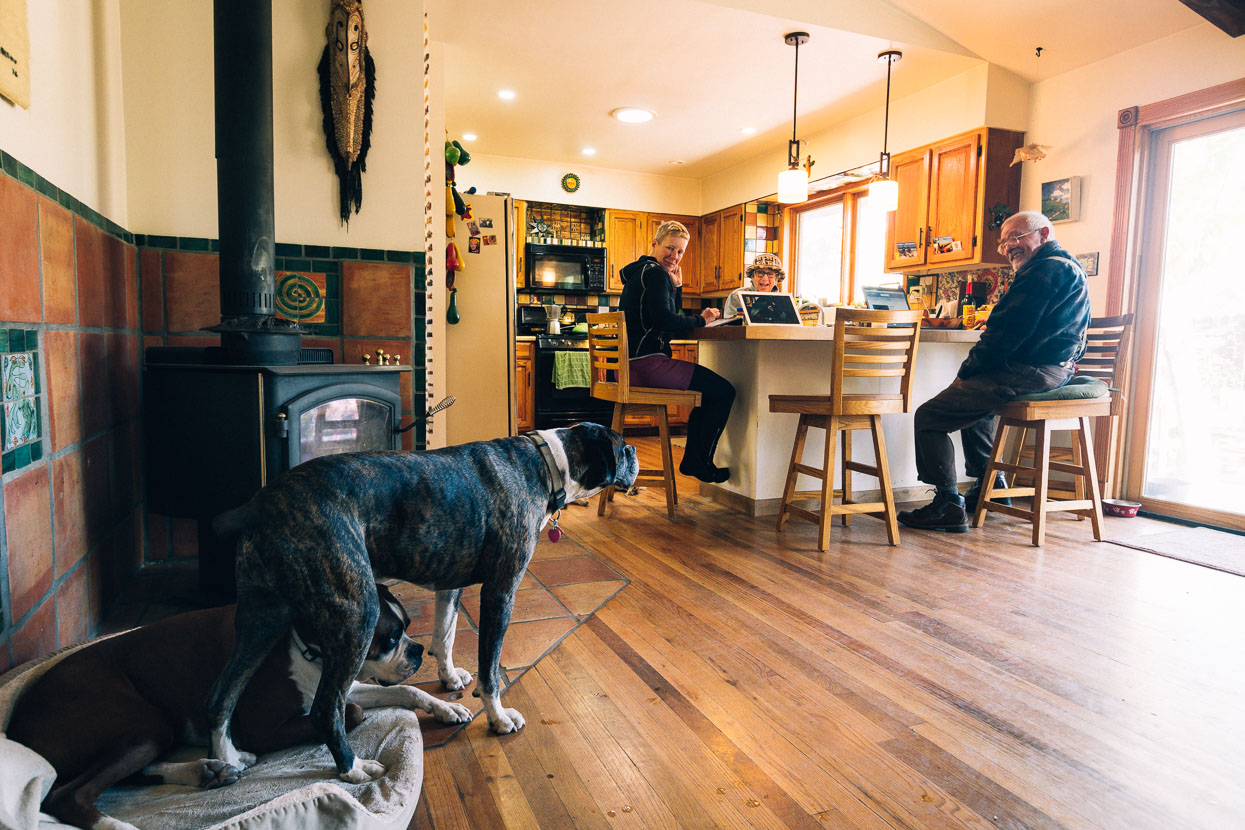

Trish’s record collection numbered in the thousands, so as well as good food, real coffee and IPA we got to work through some classics of the seventies and eighties.
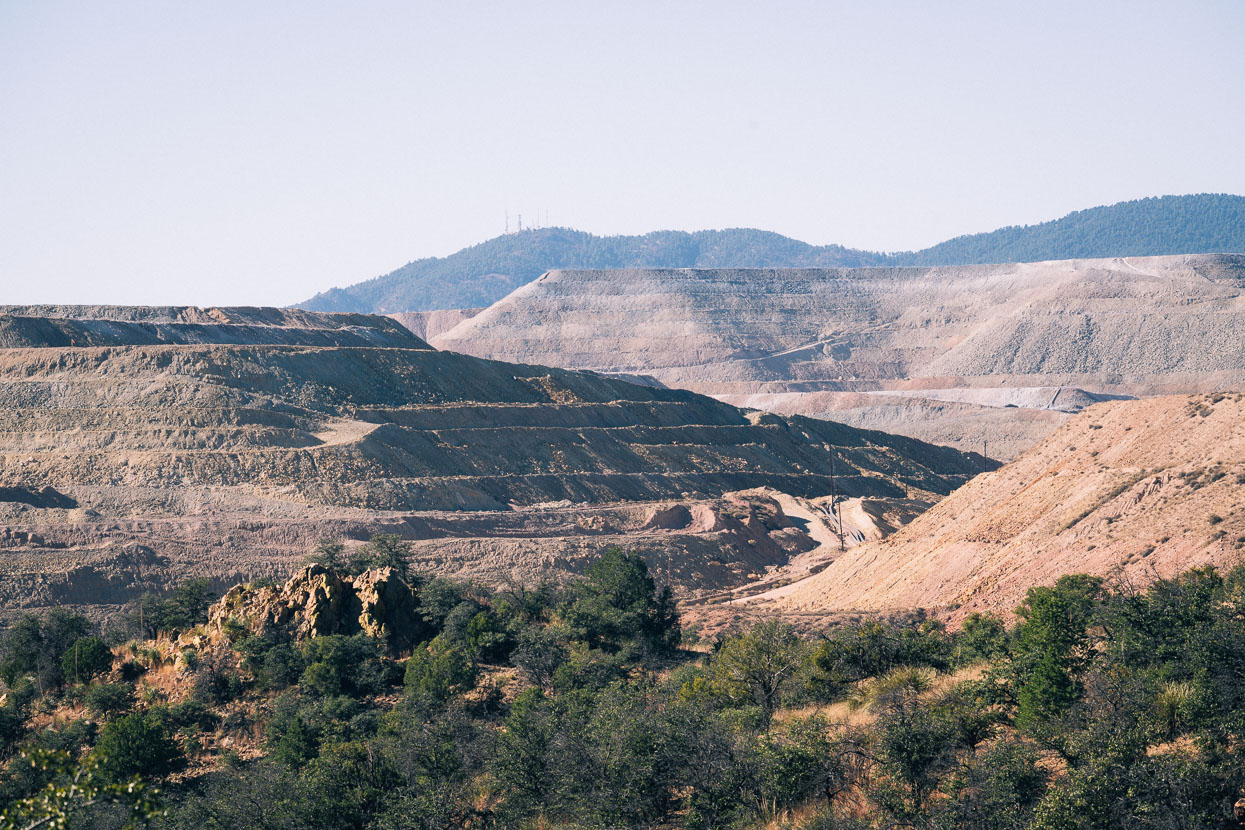
Like many towns in the American West, Silver City’s raison d’etre is mining, on a large scale.
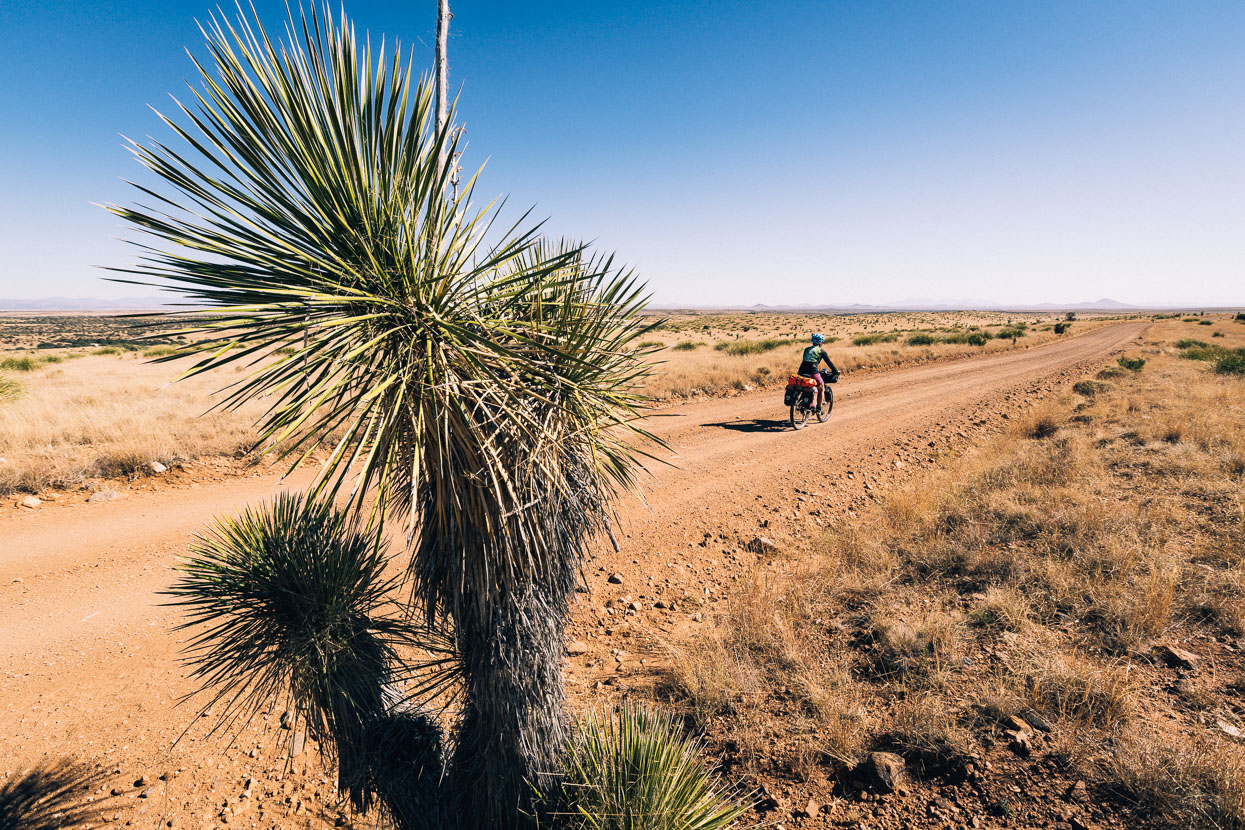
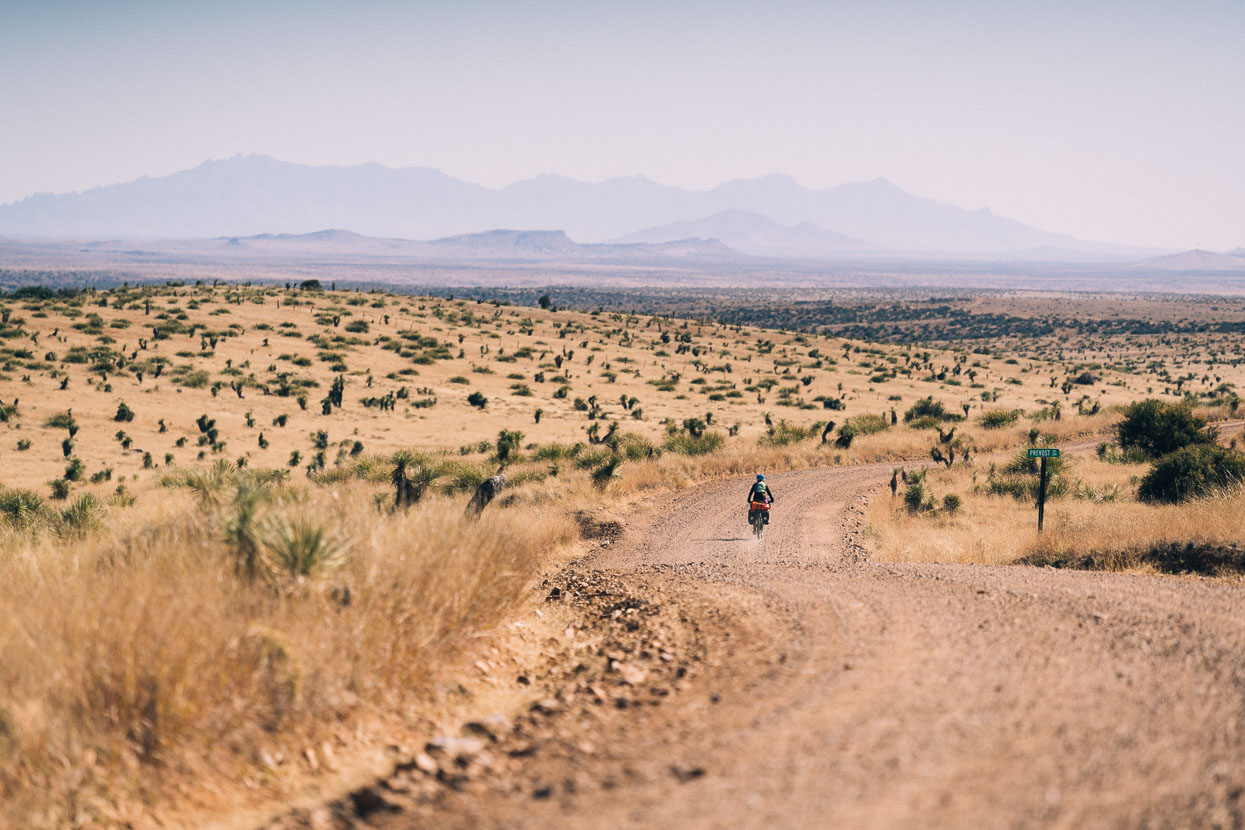
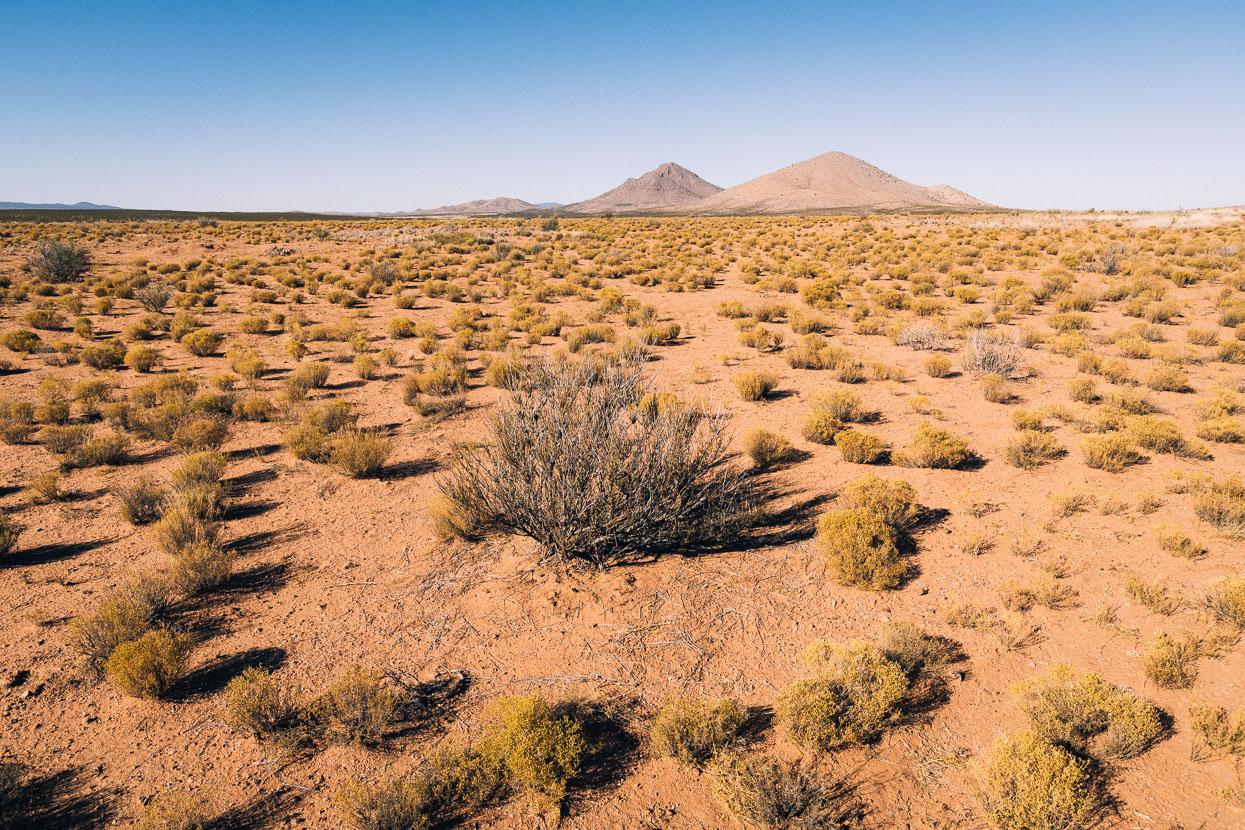
We left town early on our final day on the Great Divide, tacking rolling hills on the edge of town on tarmac as the foothills of the Gila merged into the Chihuahua desert. Soon the juniper and stunted forest was gone, replaced by red earth, yucca, scattered cactus and creosote bush.
Distant traffic zipping past on Interstate 10 signalled an end to a few hours of remote riding and we crossed at Separ, stopping for a quick coffee and water fill at the Continental Divide Trading Post. The day was drawing to an end and we still had 43 kilometres to go.
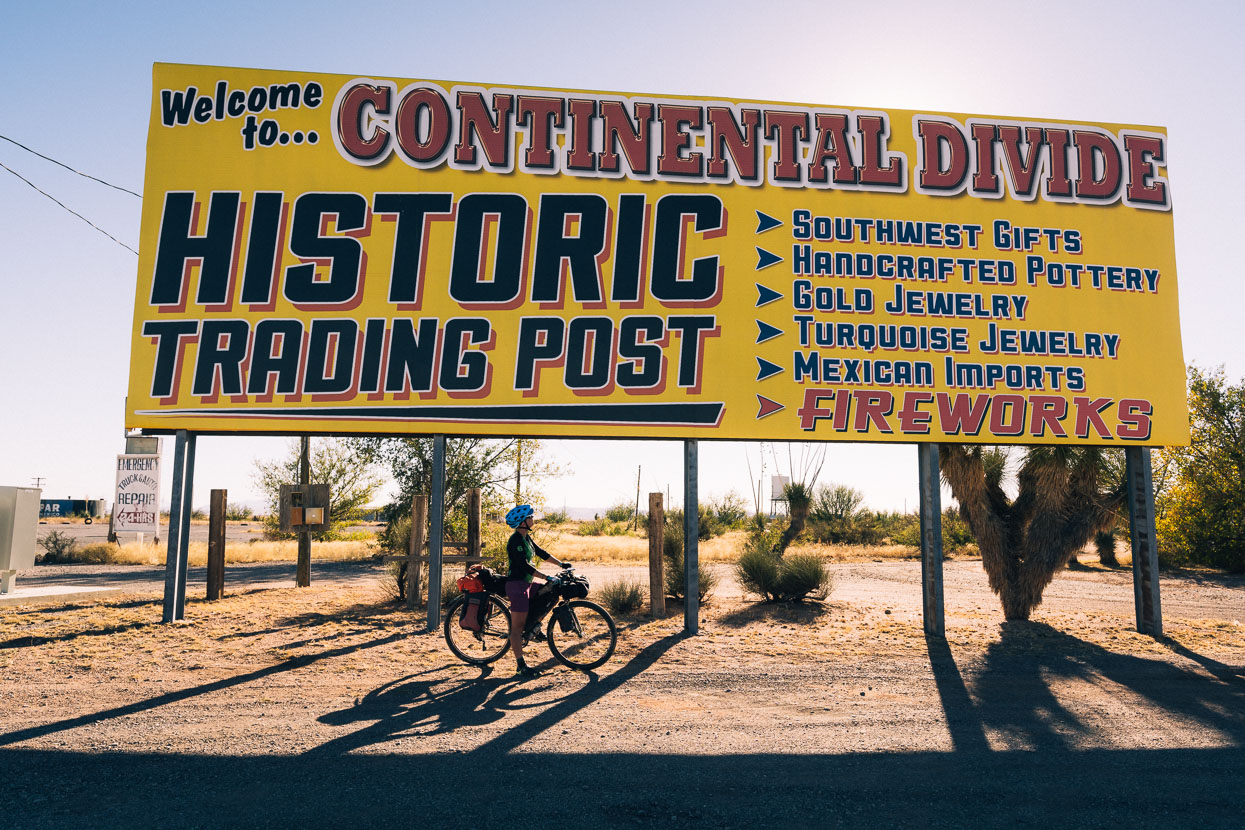
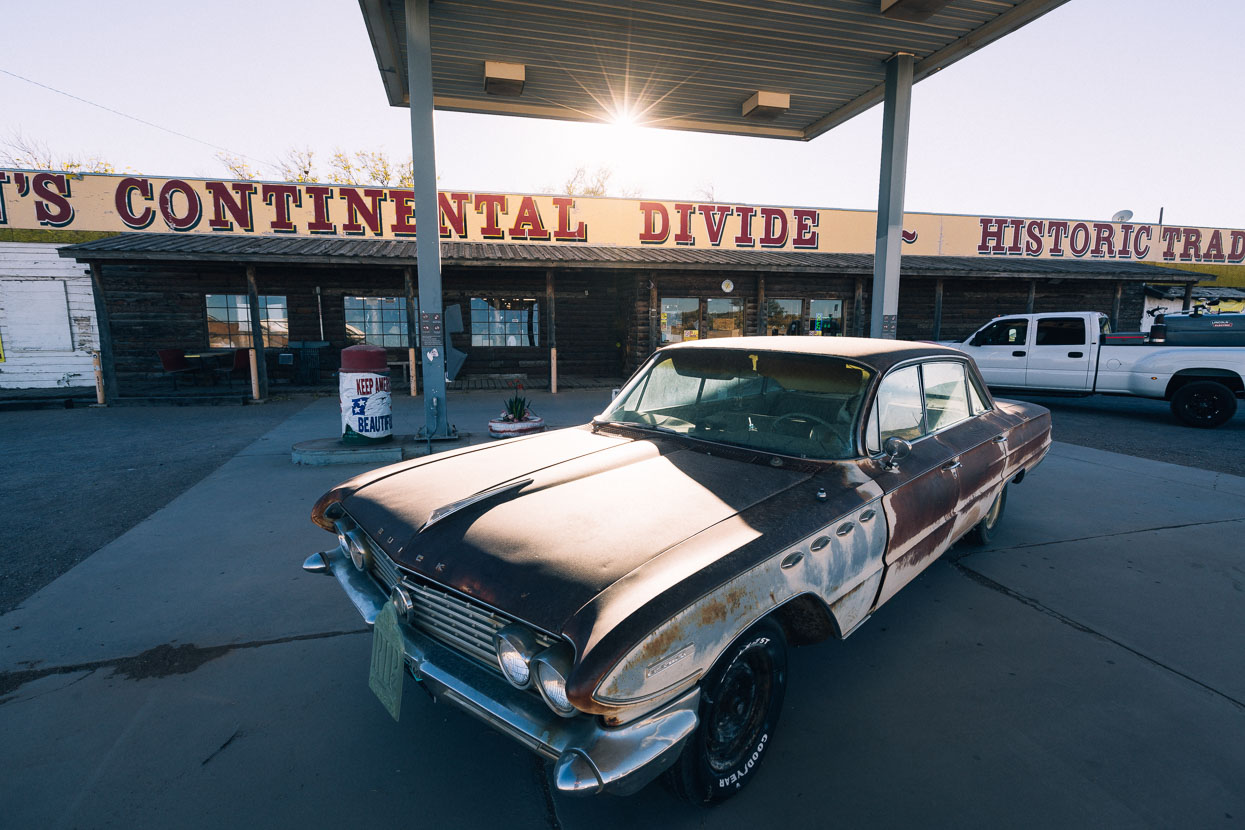
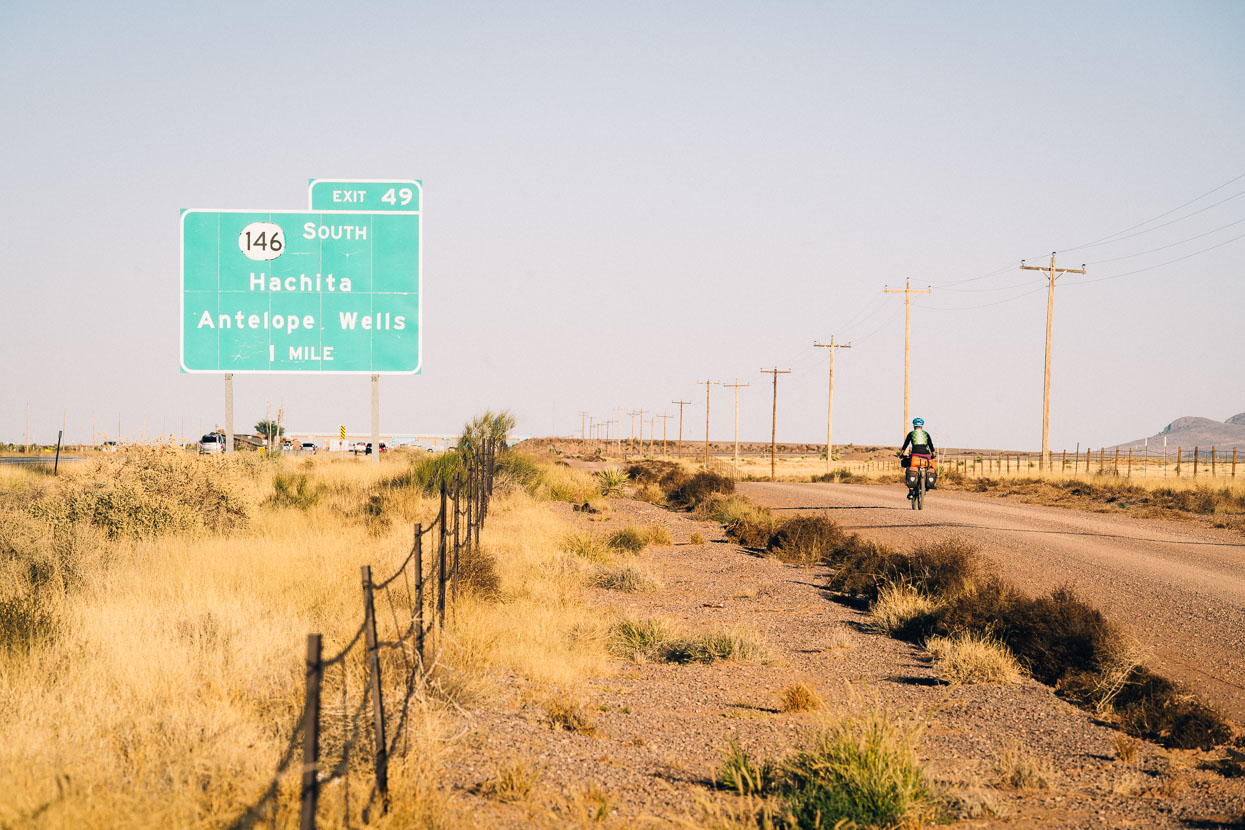
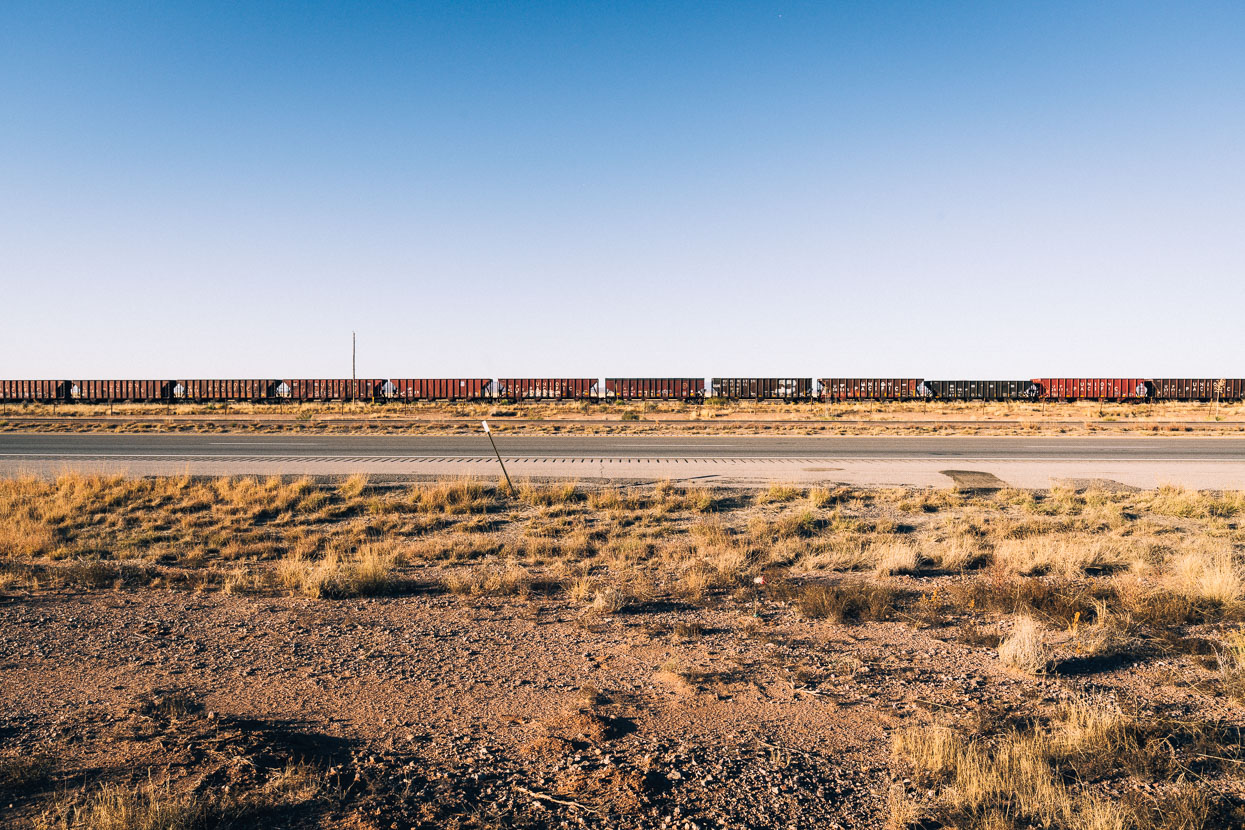
Riding east, we were spared the misery of the Interstate by a gravel frontage road, but had a headwind to contend with until we turned south again.
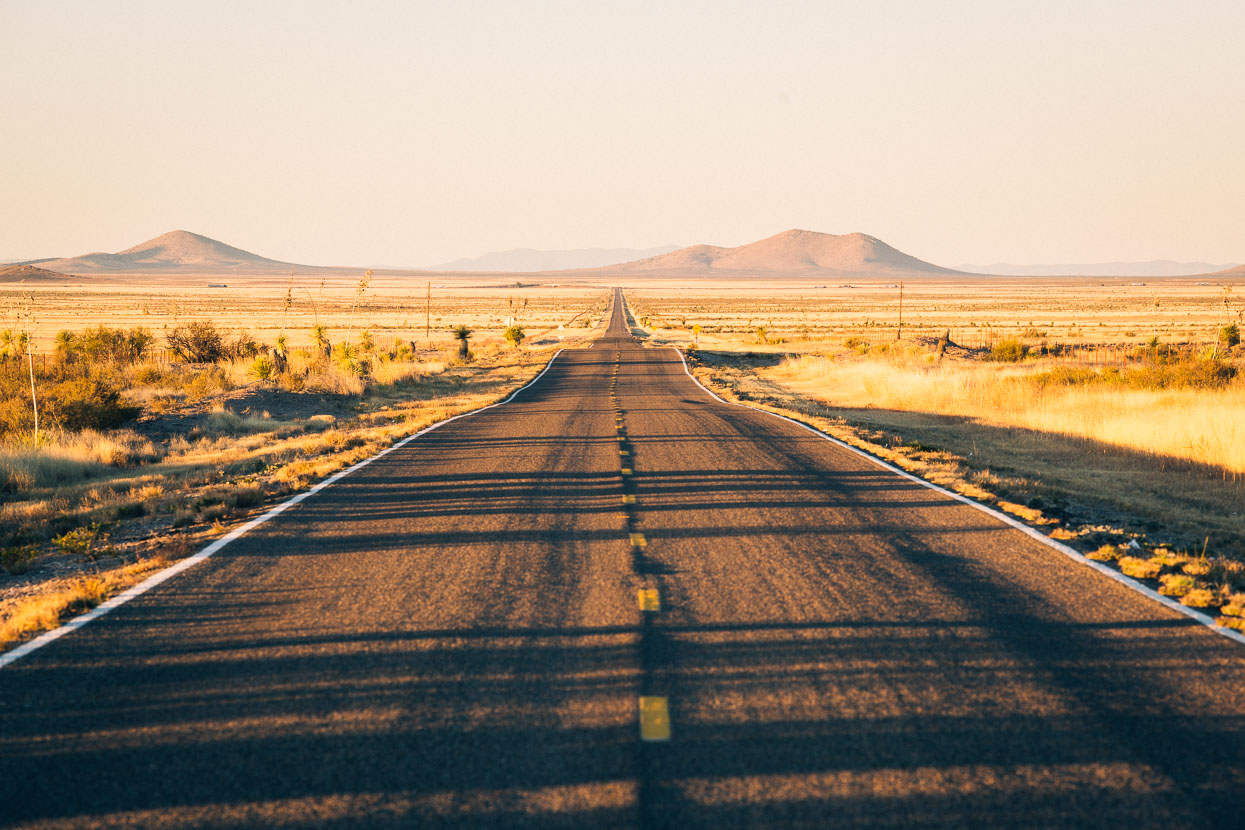
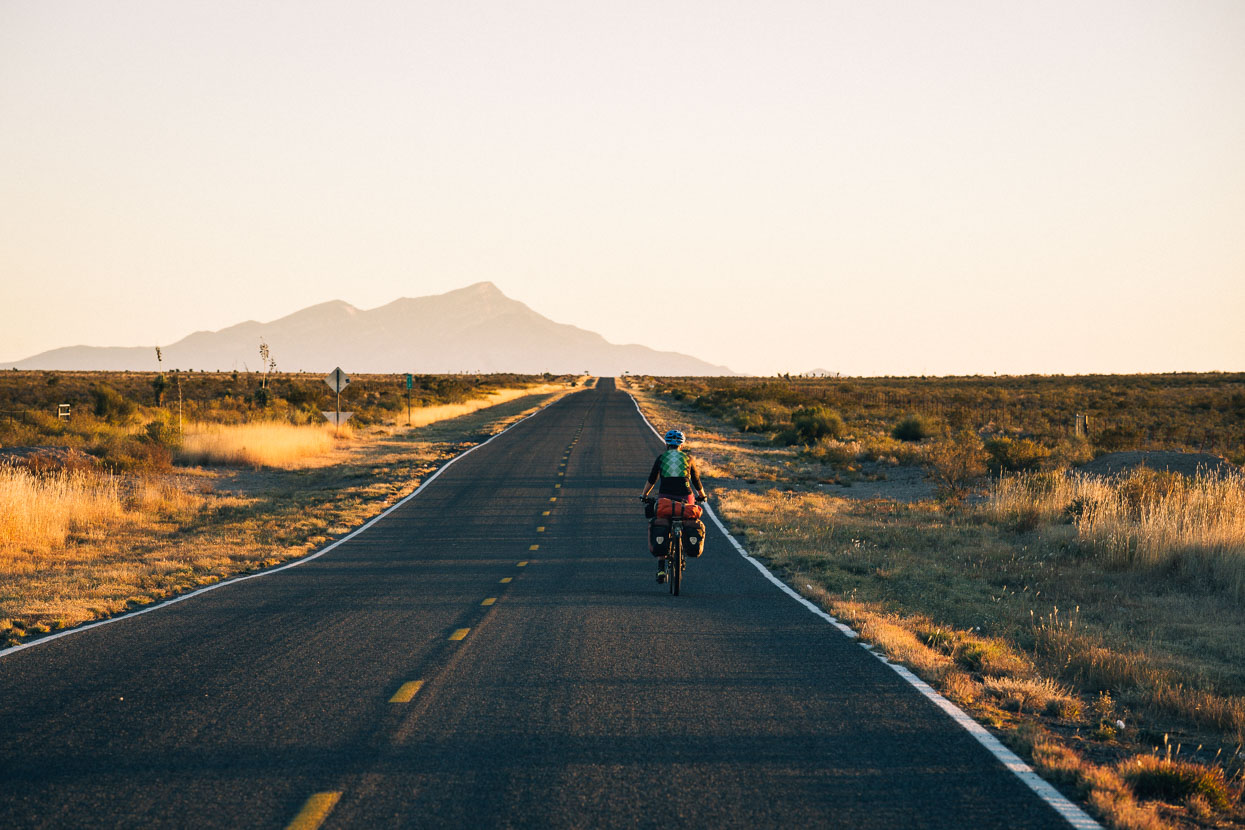
The setting sun cast a distinctly golden desert light around us and the wind dropped as we rode the final straights towards Hachita, the rapidly cooling evening air prompting us along.
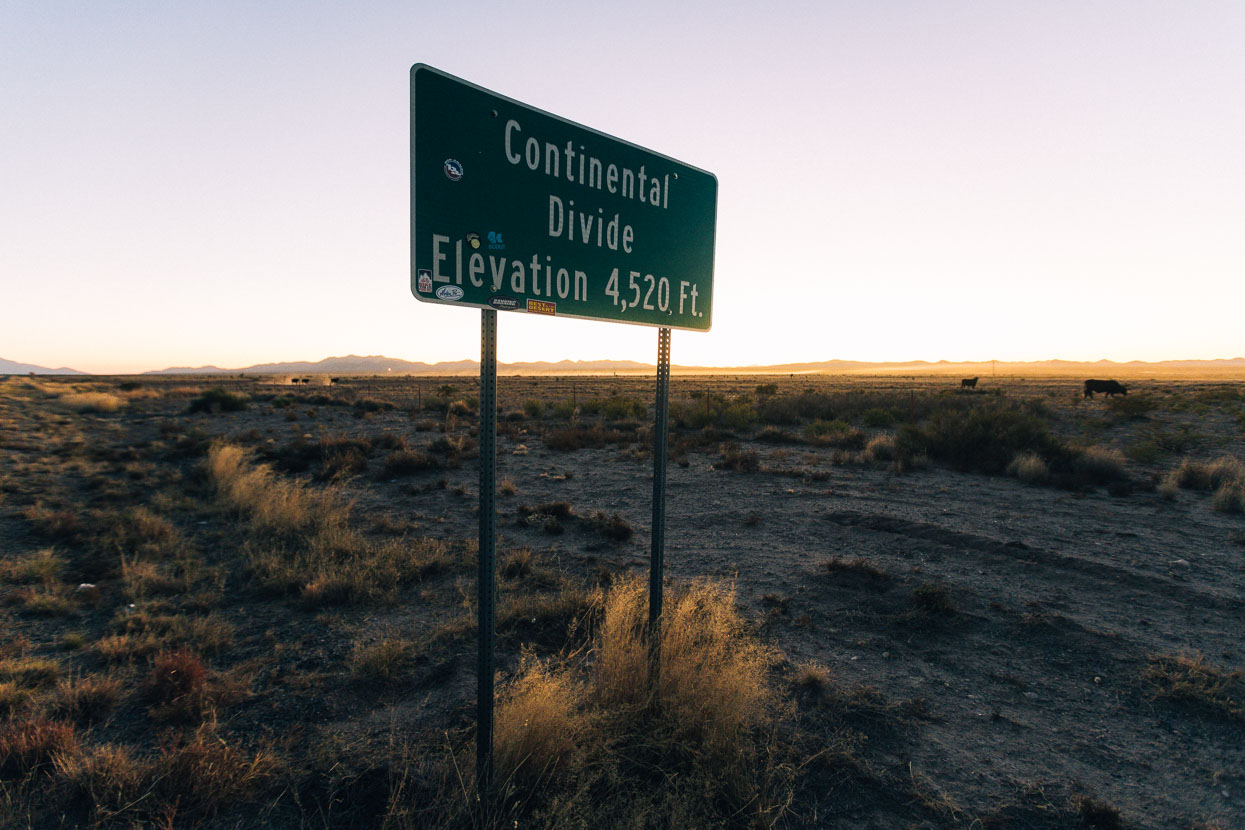
We pass the final ‘official’ crossing of the Continental Divide; the only clue to its presence a long gentle heave in the road that barely required a change of gear.
We arrived in Hachita a little after dark and spent the night in the community centre which we’d called ahead of time to arrange (from Silver City). Hachita – population 49 – is bordering on being a ghost town, with most of the buildings and businesses appearing to be abandoned. A handful of locals are trying to maintain the community though and are happy to have visitors come and stay in the old community centre for a donation. Although this town is along the route to the border crossing at Antelope Wells, few vehicles passed, except the occasional white and green border patrol vehicle.
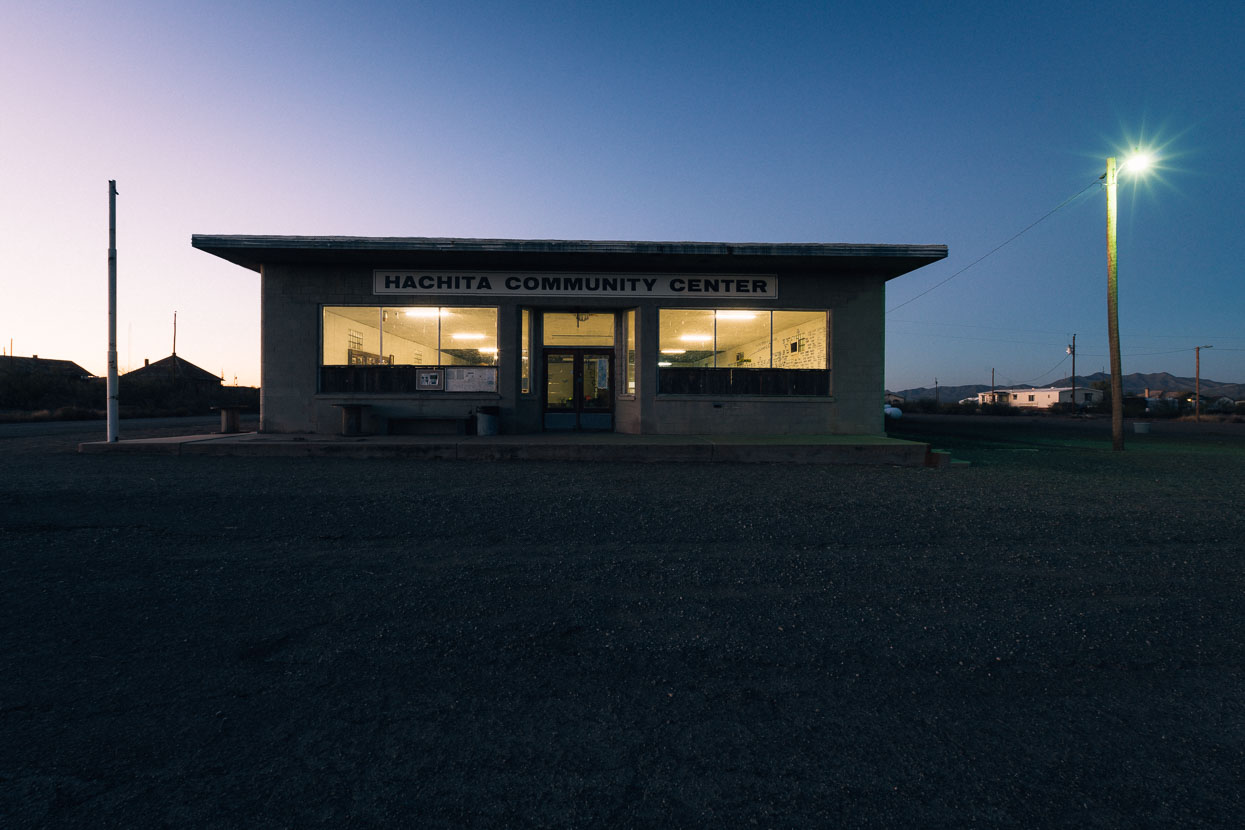

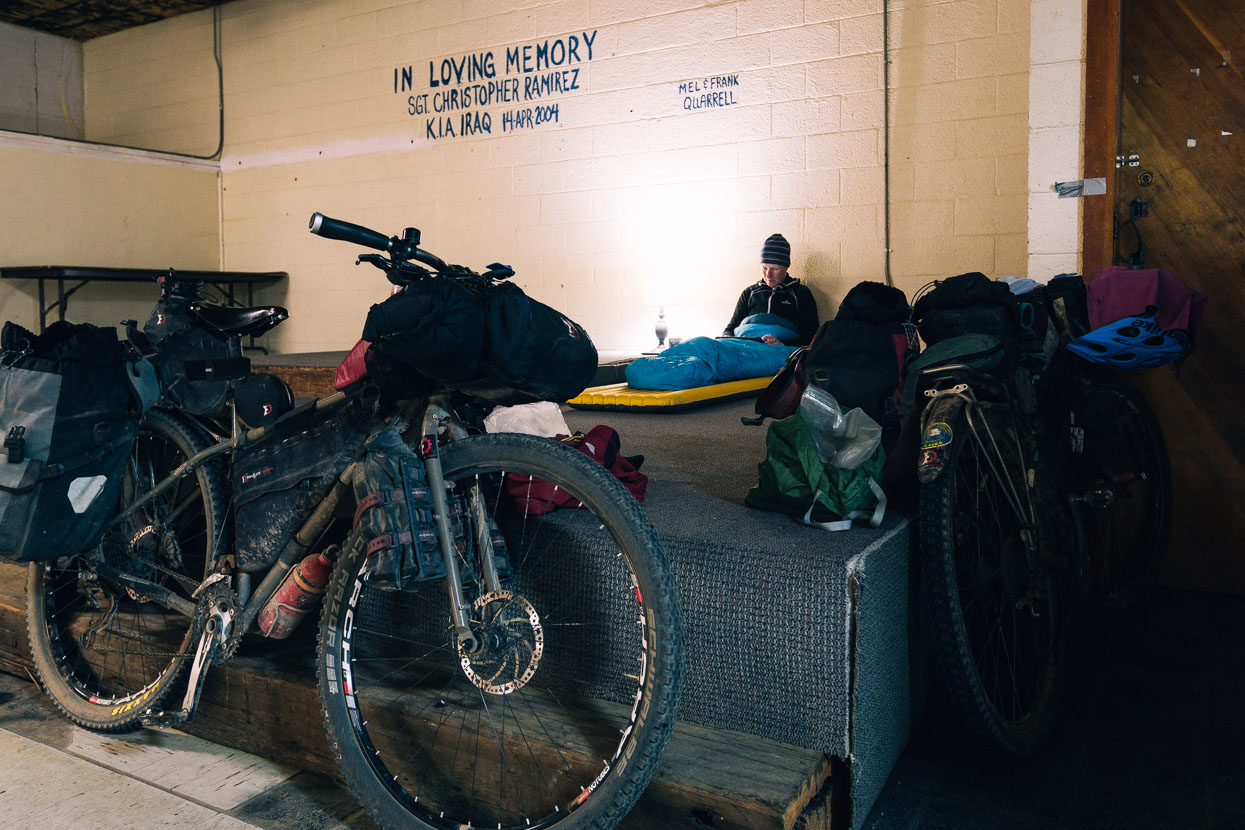
Our arrival here was cause for a small celebration, so we’d carried a small carton of vino tinto from Silver City to toast our Divide ride and the end of our ride south for the time being. It was time to head west. We were 72 kilometres north of the Mexican Border, but planned to start our Mexico tour via the Baja Divide off-road route down the Baja Peninsula. A logical route would have been to diagonal sideways towards San Diego much earlier, but for us this tour is all about the journey and perceiving transitions in the landscape, towns and culture of a country. Once on the Continental Divide corridor followed by the Great Divide route we didn’t want to deviate from it, wanting to experience the subtle changes as the mountain landscape gave way to the desert of the south west. We both love the desert – its light, texture, space and life – so to have ridden from the verdant forests of the Canadian Rockies through such varied landscapes as the route offers and to end in the Chihuahua Desert felt very special.
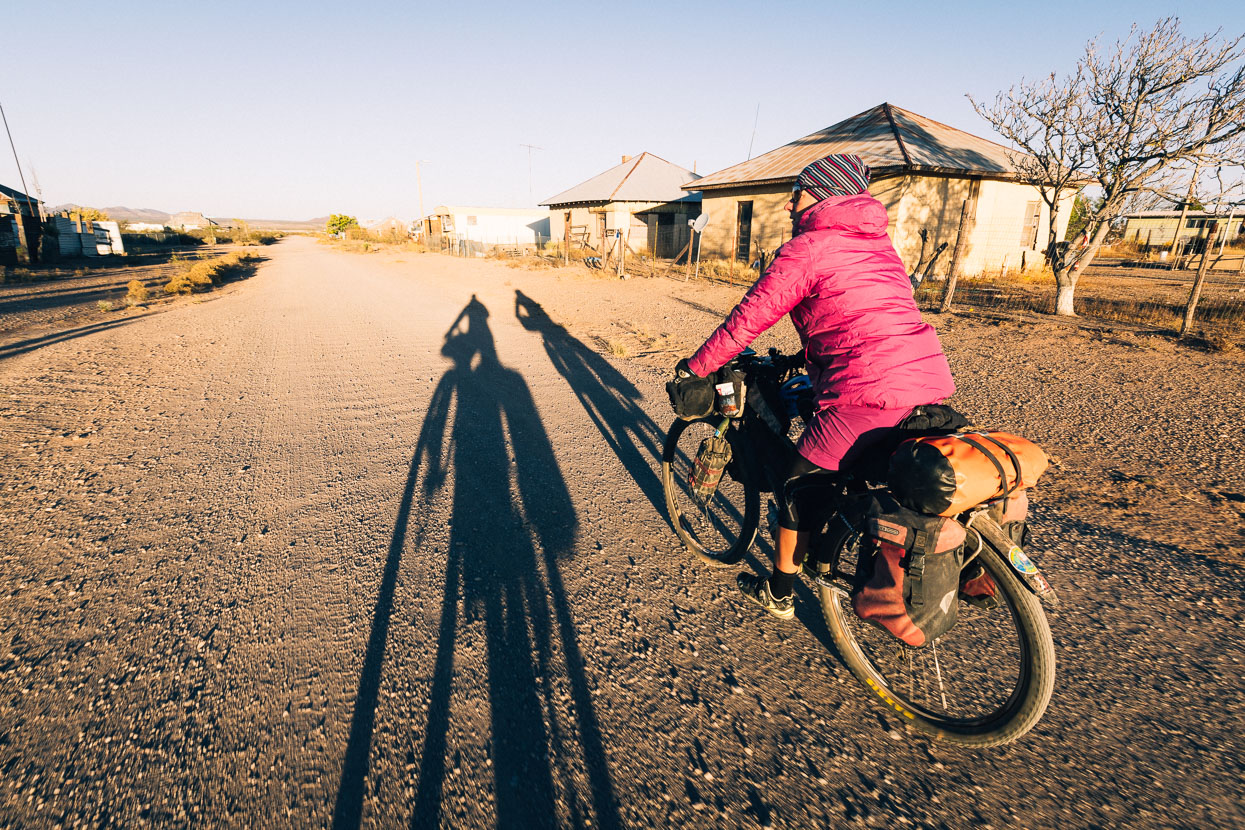
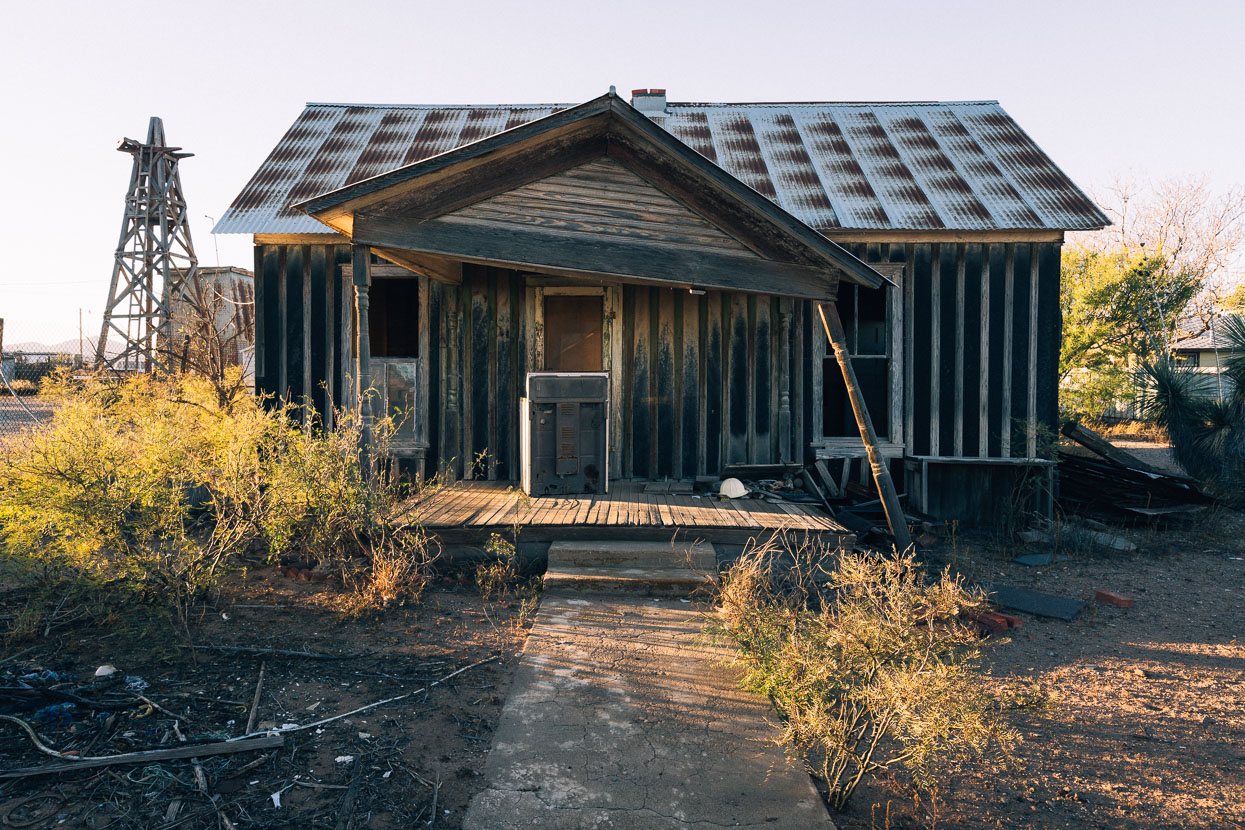
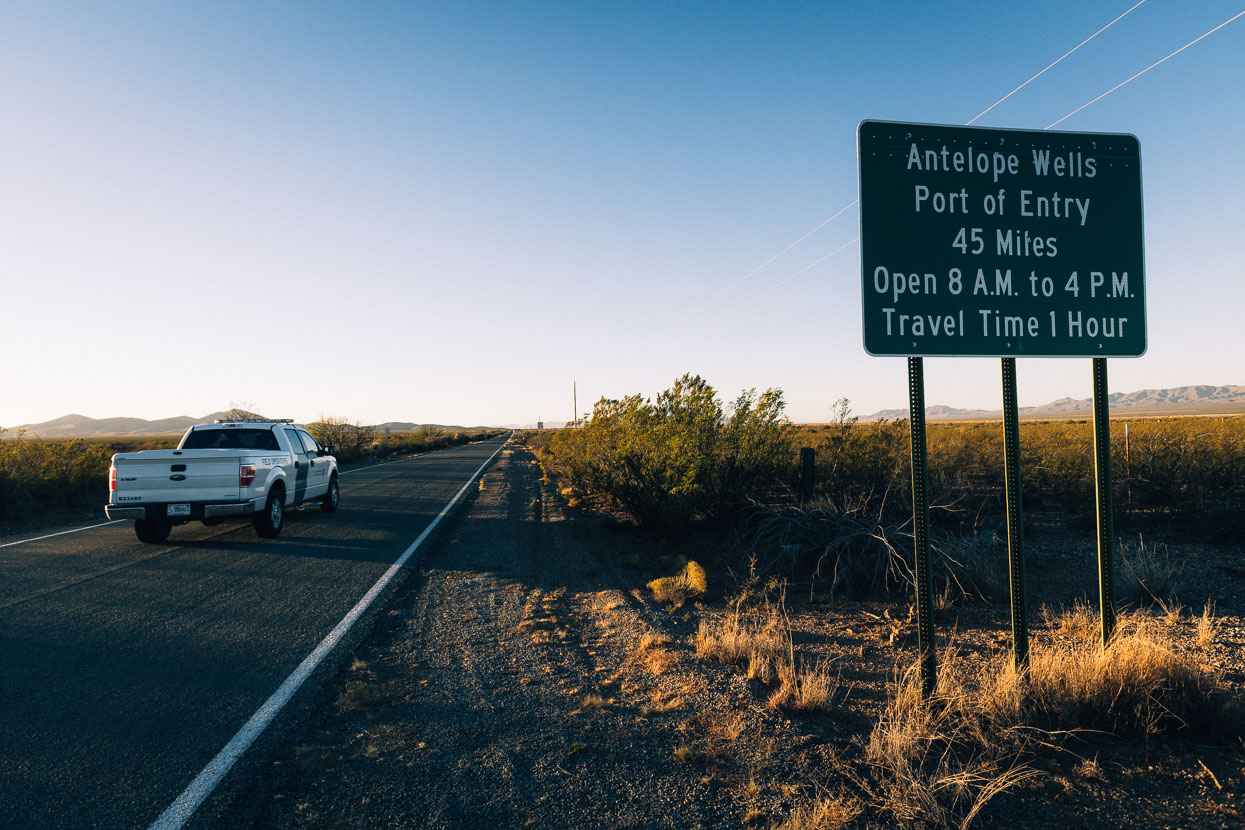
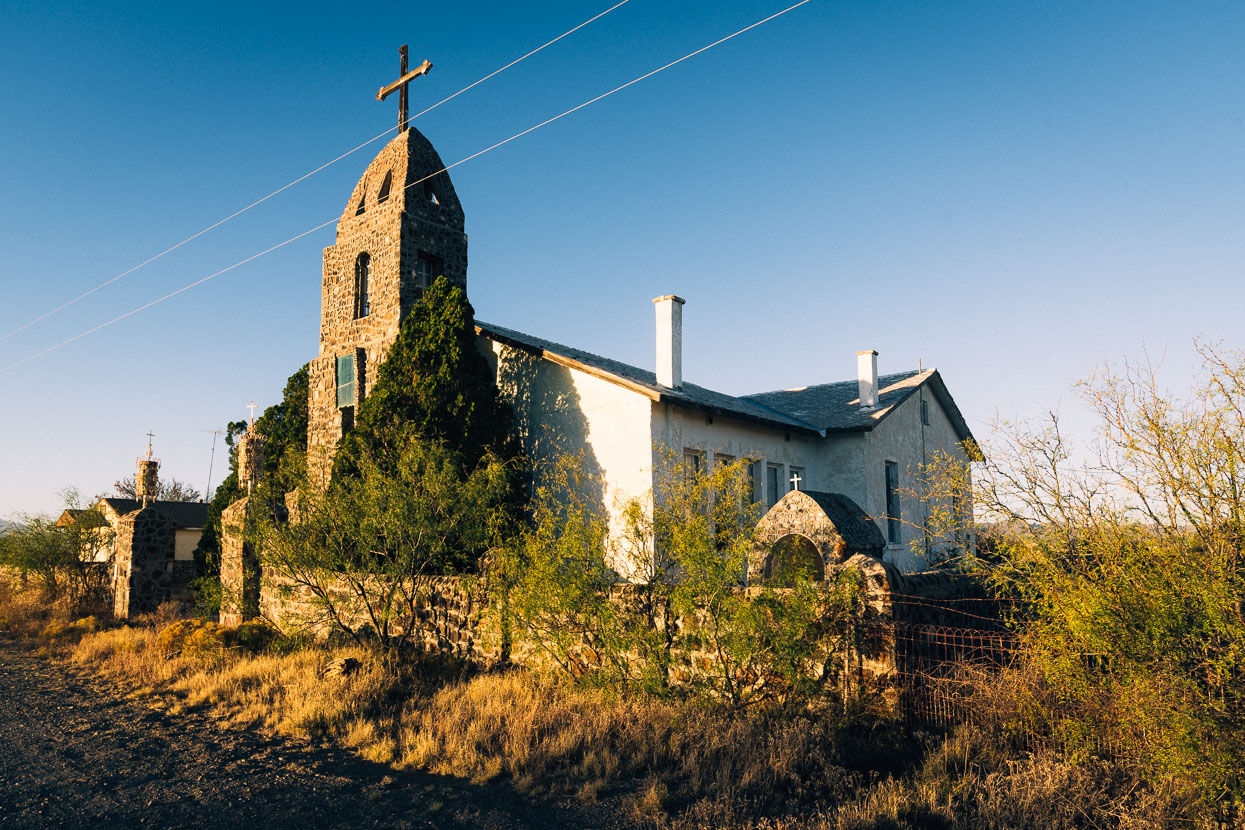
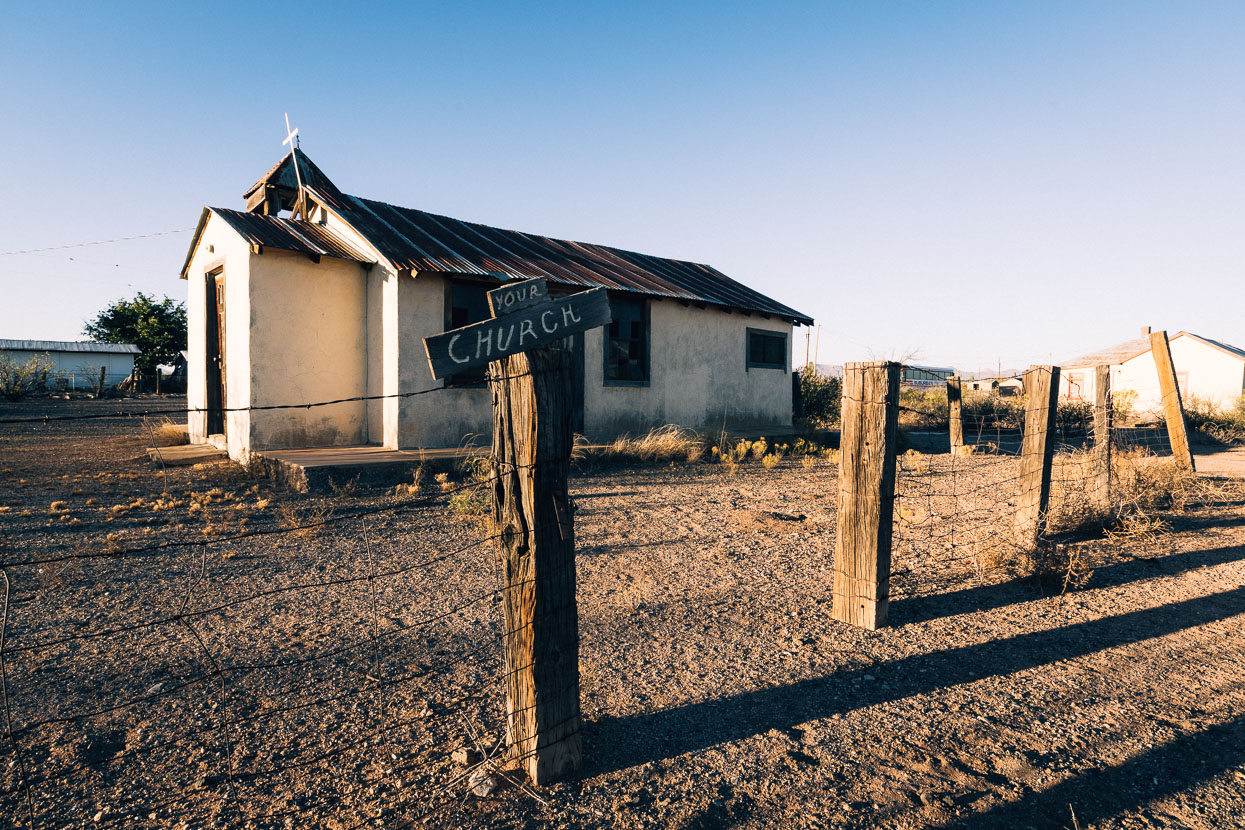
We’d read that the Hachita Post Office had a log book for Great Divide cyclists to sign in. Hiding from a frigid easterly wind in the post office annex we didn’t find the log book, but wrote up our ride and arrival on a scrap of paper and pushed it under the security screen on the counter. It might have ended up in the trash when the post office next opened, but it felt somehow official.
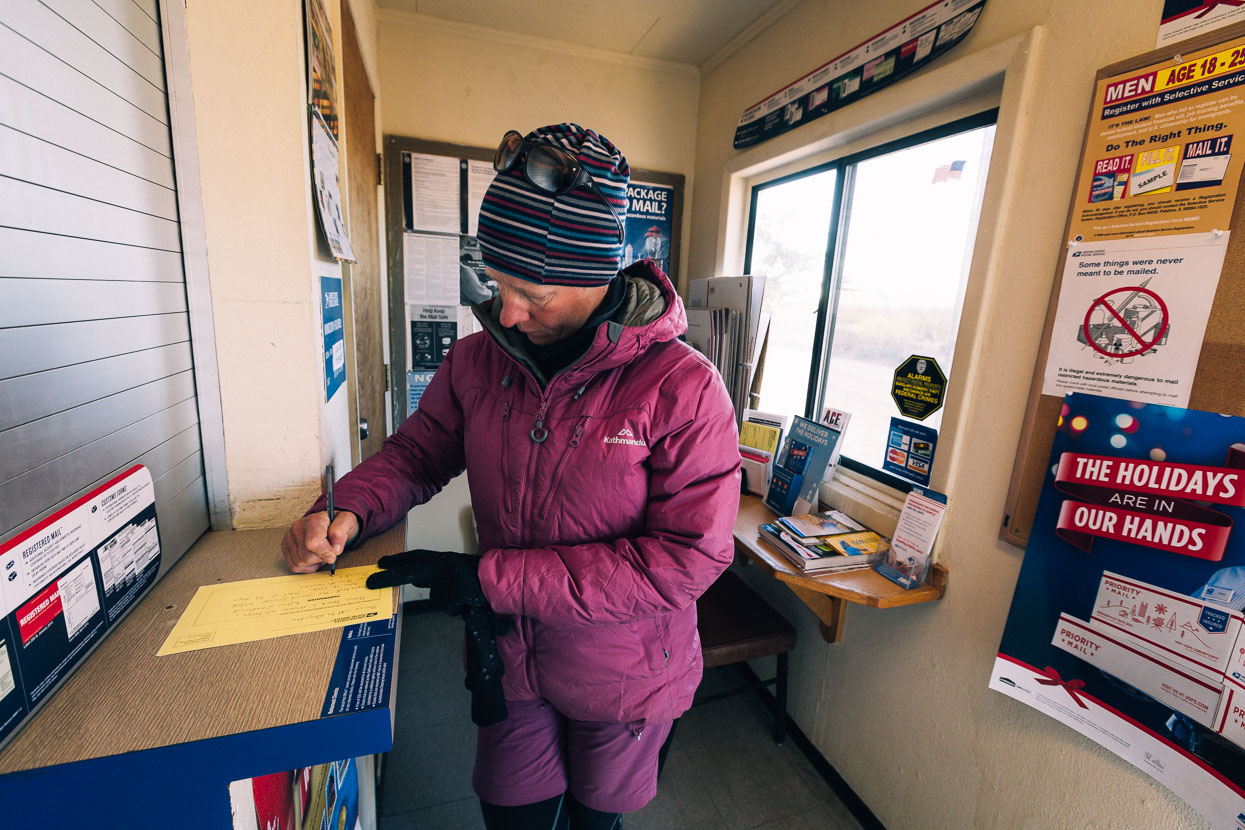
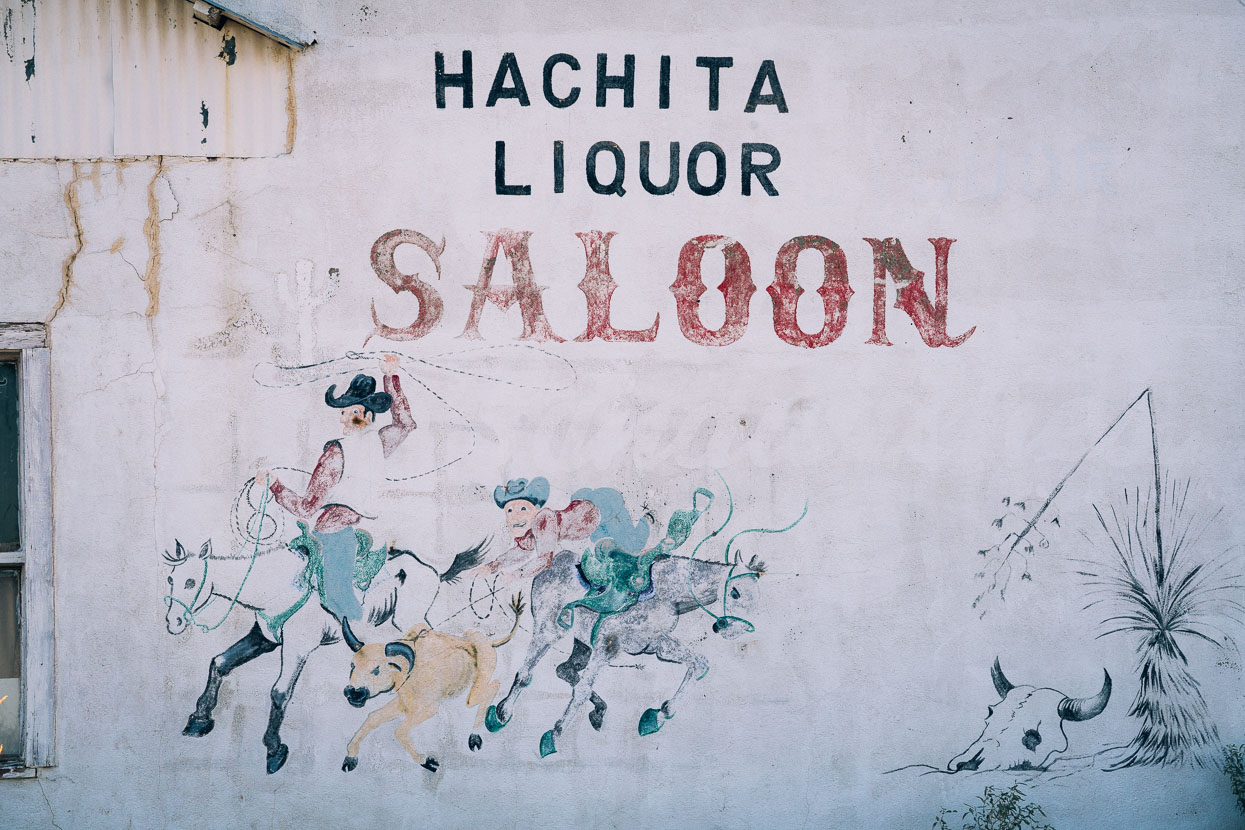
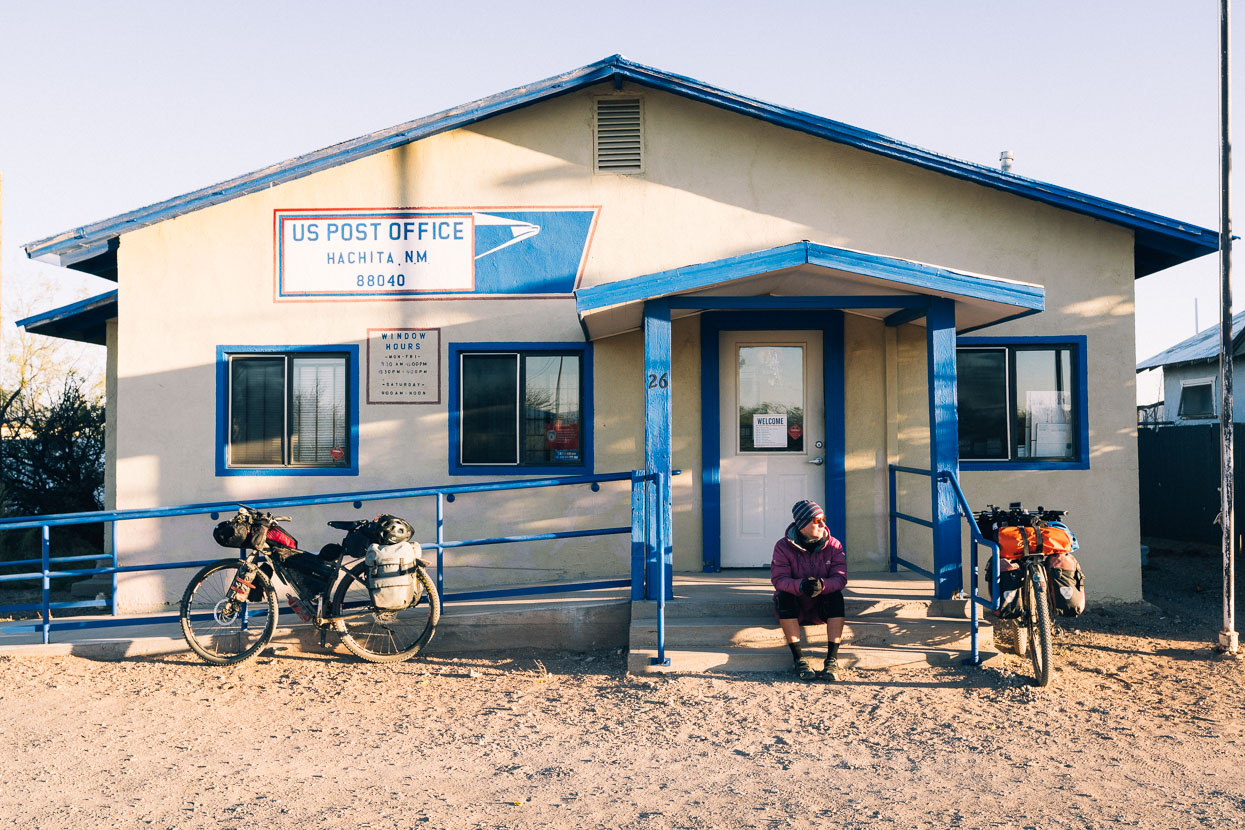
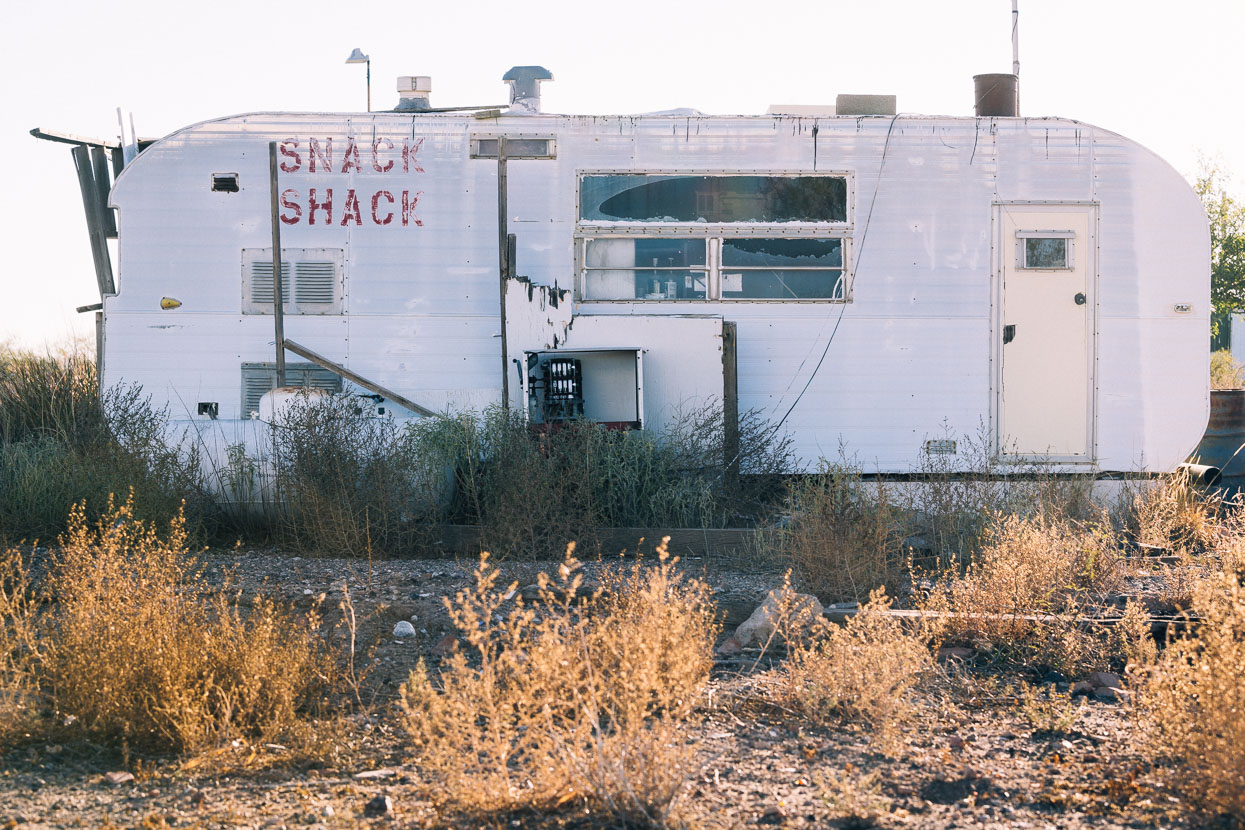
The Great Divide had been everything we’d wanted it to be: a peaceful and remote route south through the USA. The riding and the landscapes were diverse enough that we never got bored, and the riding itself is continually challenging with each state quite different from the others. Small town USA and the sense of visiting a long string of alpine towns dotted along the route added points of interest and resupply, but were scattered enough that even the smallest shop could feel like a luxury and something to look forward to. While riding the route in fall might not be for everybody, the benefit of quiet roads and campsites made the increasingly cold starts bearable and I think the memories of frost starting to settle even as we unpacked the bikes in the evening, the primal urge to light fires for warmth, and the creepy, chattering howl of coyotes close by will stick with us for a long time.

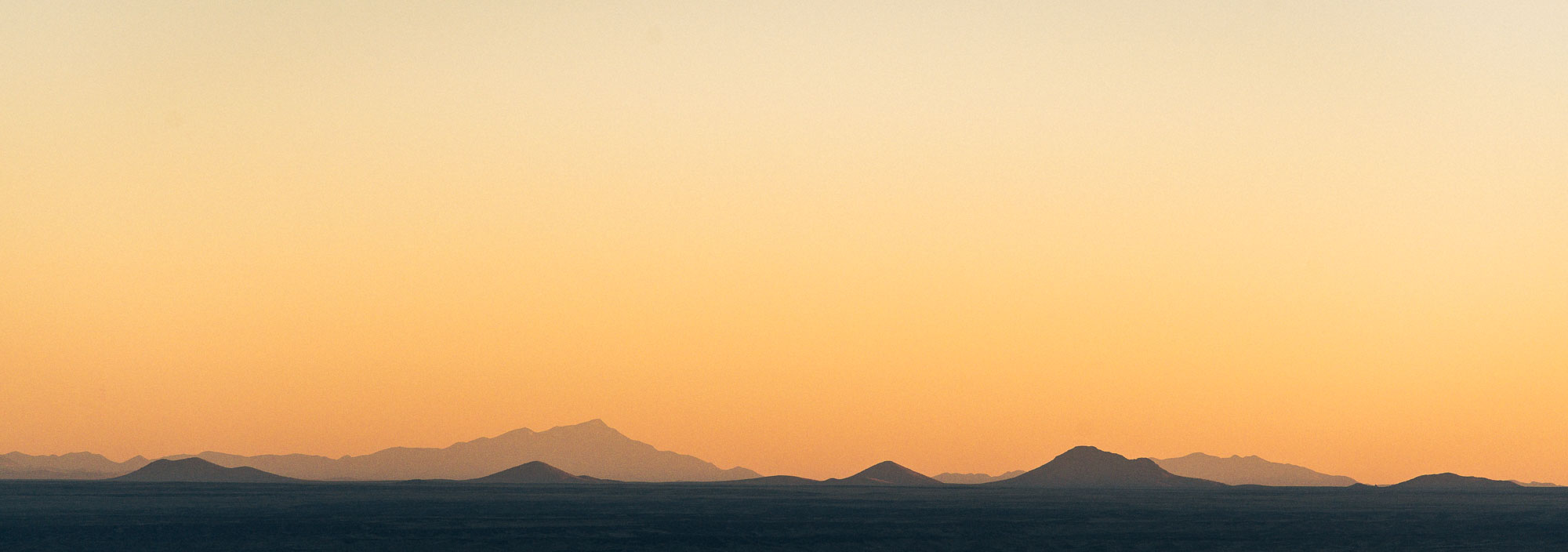







Hi, I am Stefan from Sweden. Been reading your blog from start in Alaska. Thanks for fantastic photos. The colors in the autumn are amazing. I was specially interested in Great Divide parts. A lot of useful practical information. Planning to ride from Banff to Antelope Wells in this summer.
Regards Stefan
Thanks Stefan! I hope you have a wonderful ride. The Great Divide is a special experience and I often find my self thinking about it while riding along even down in Central America. Buena suerte!